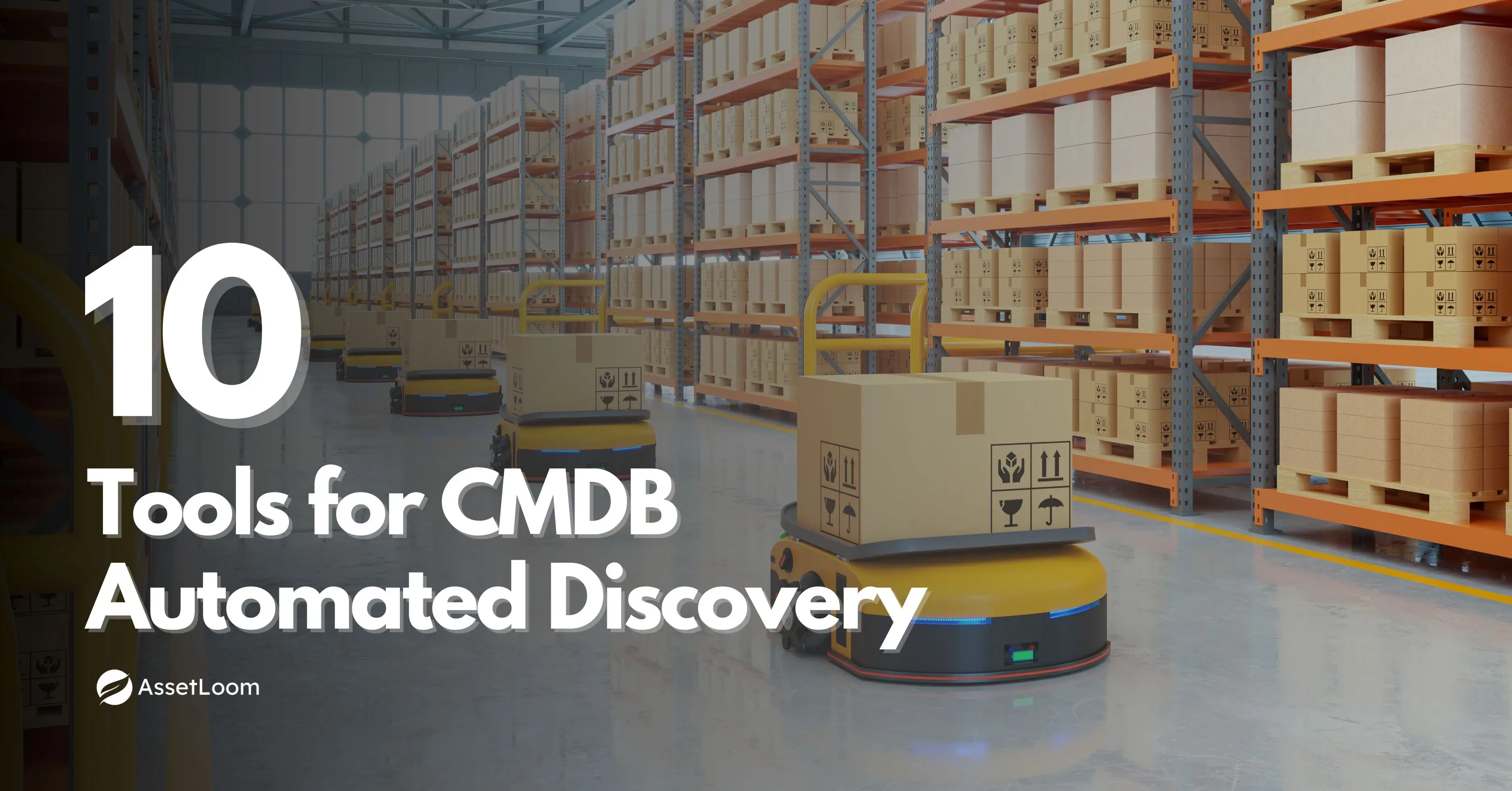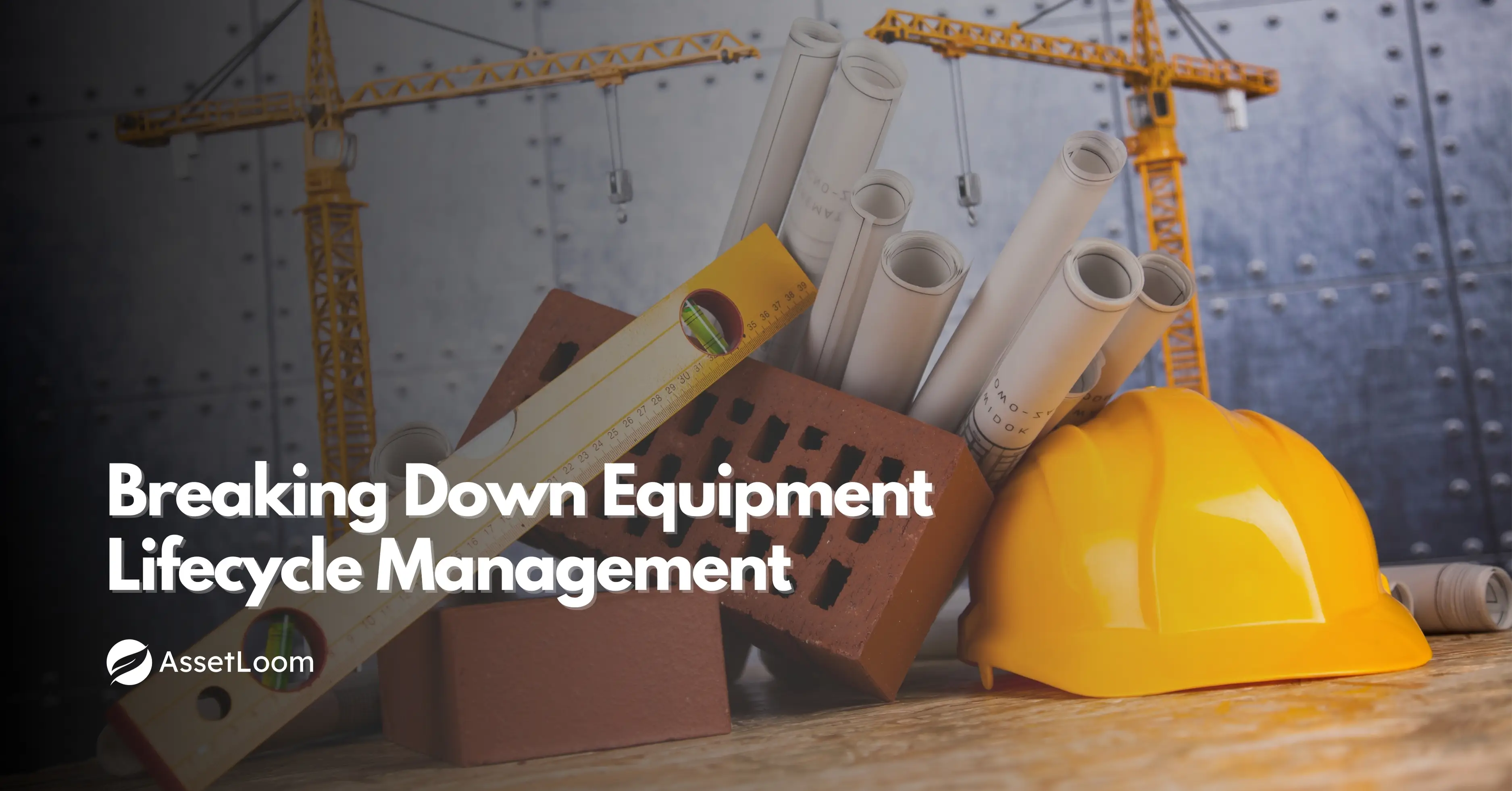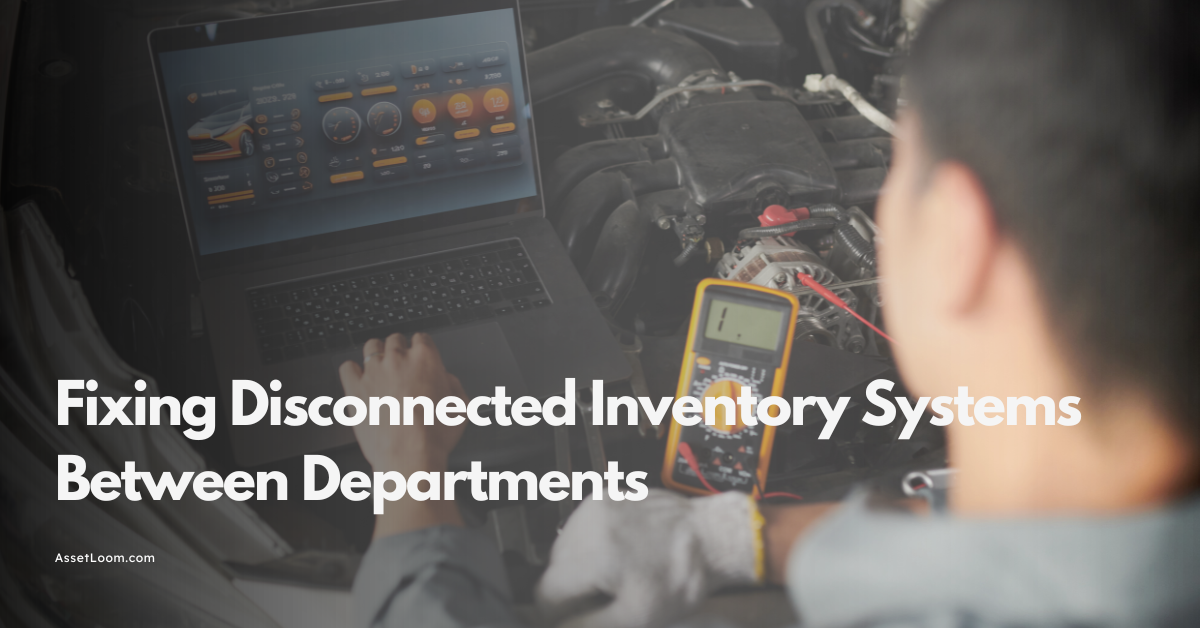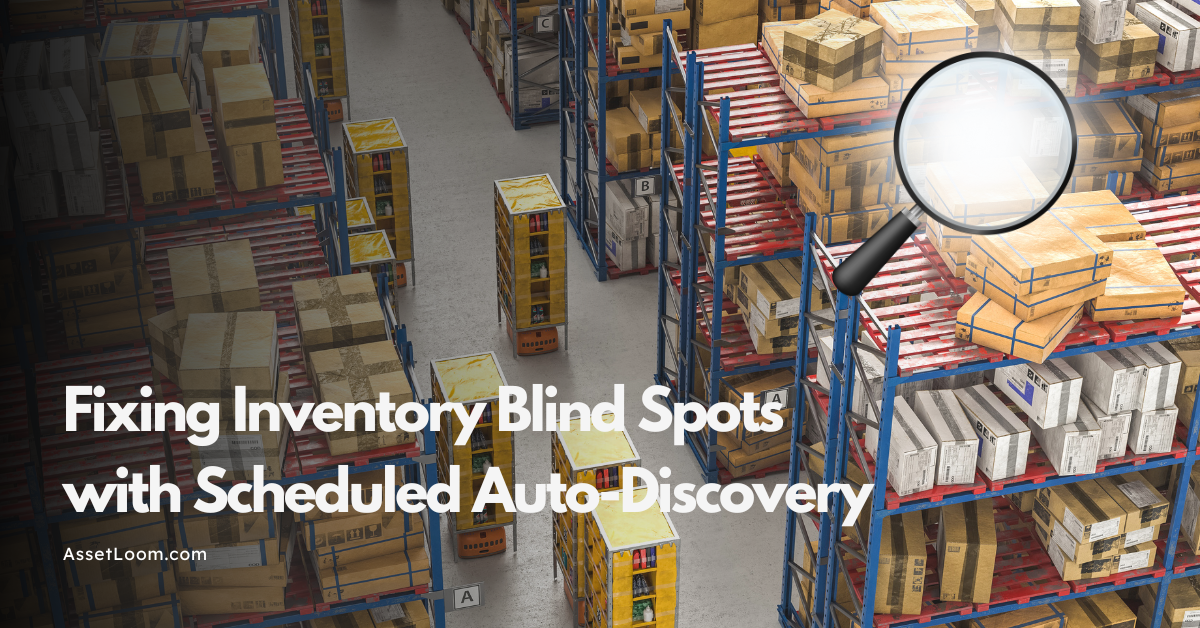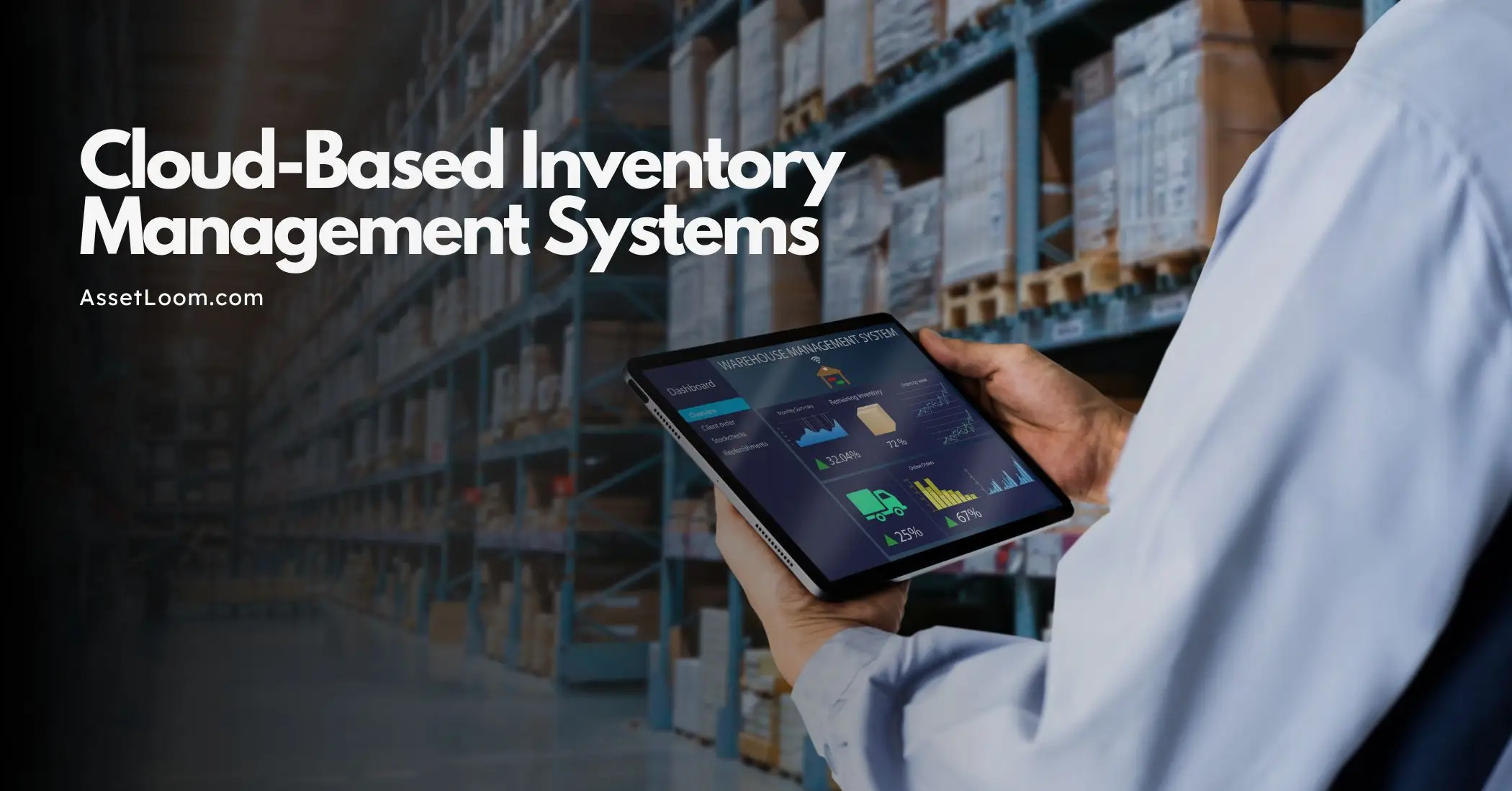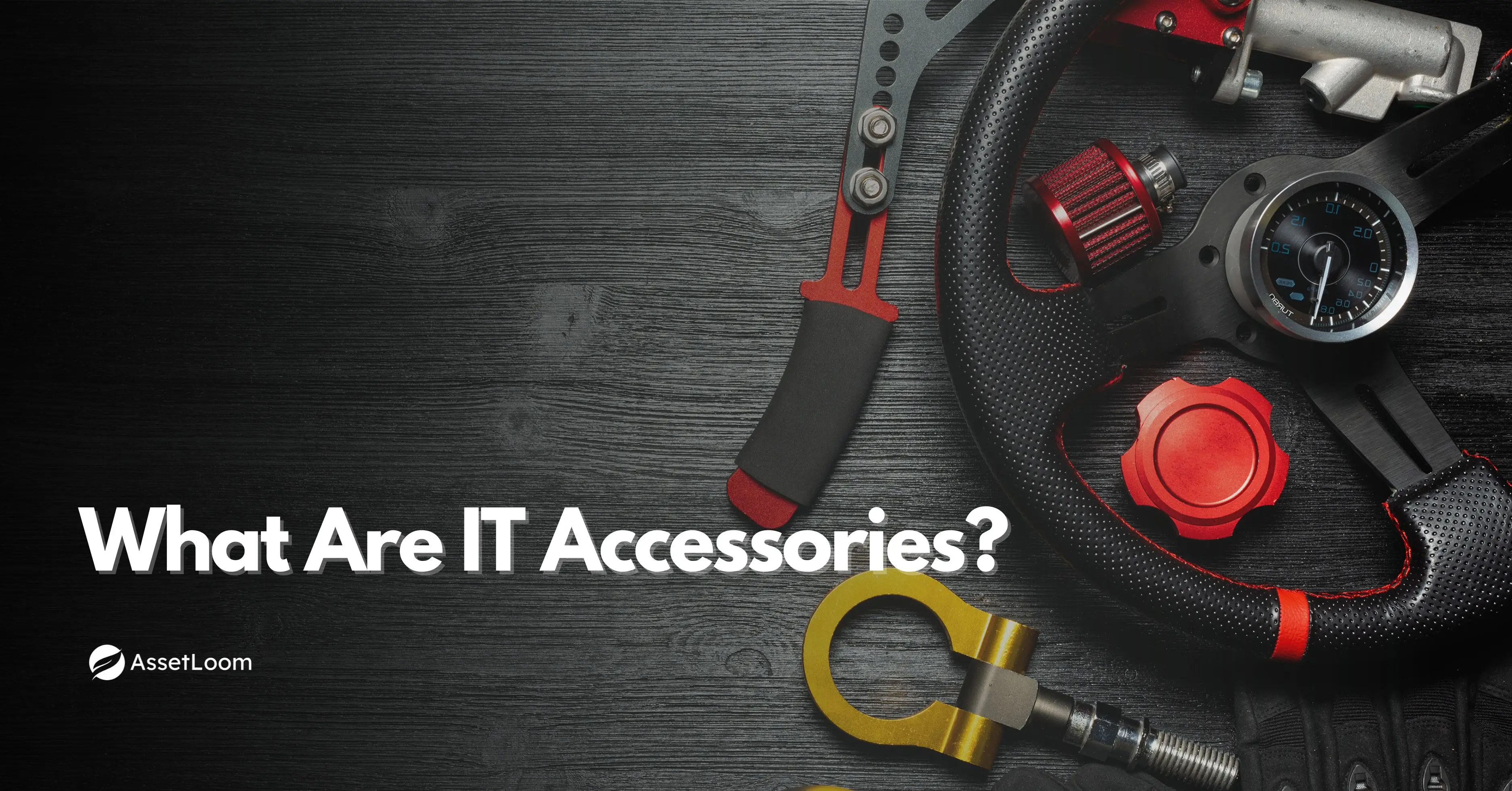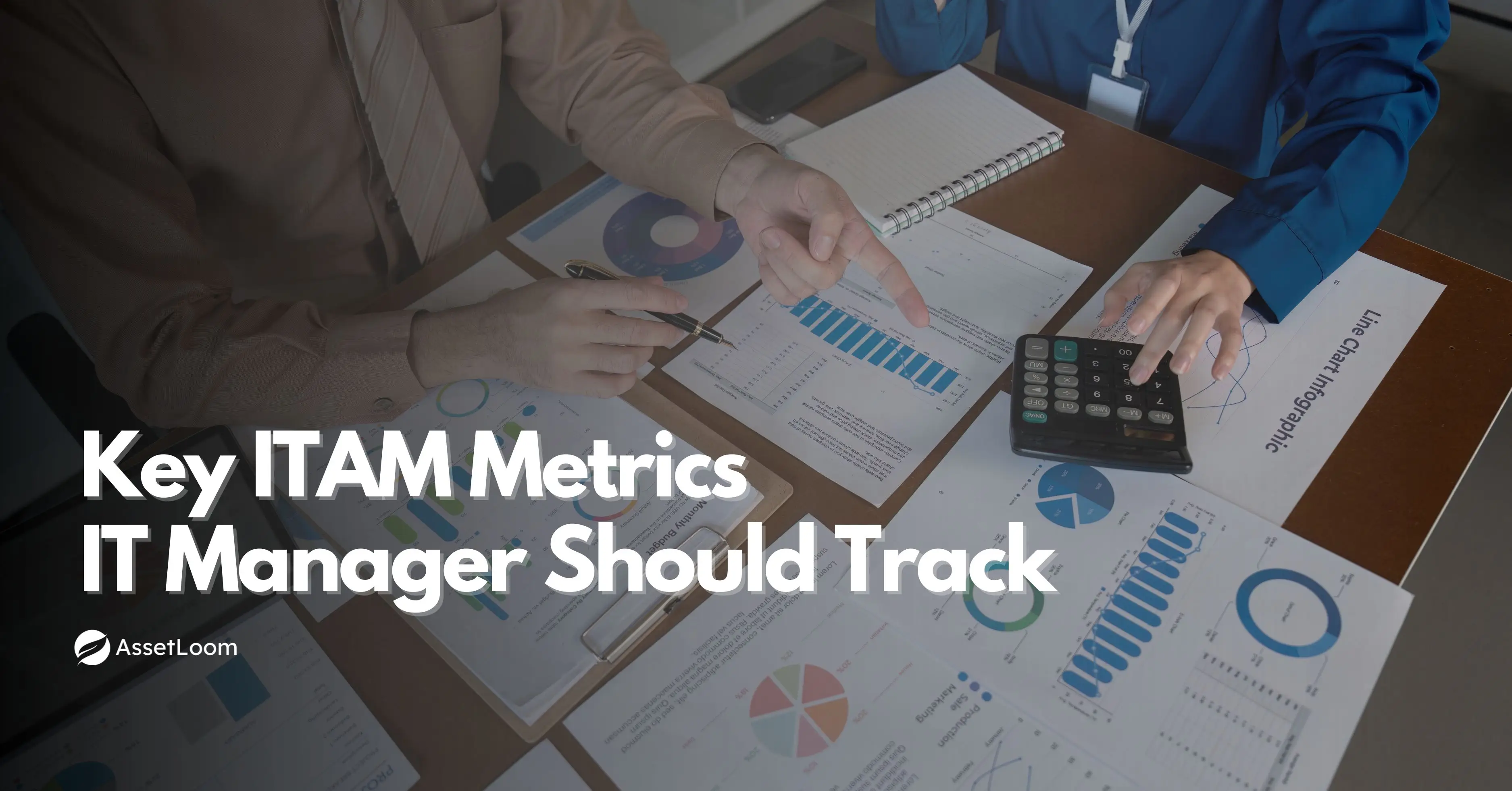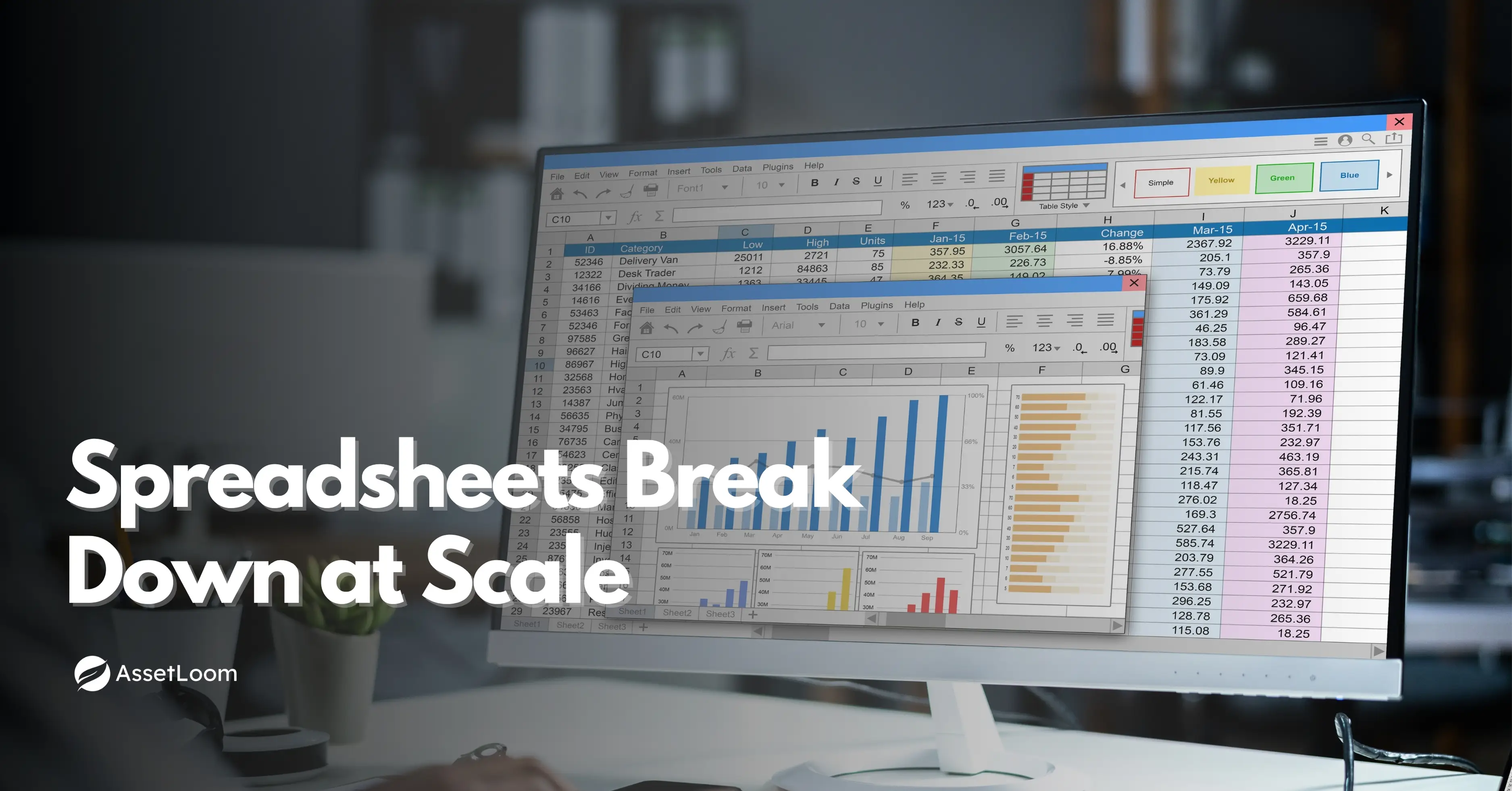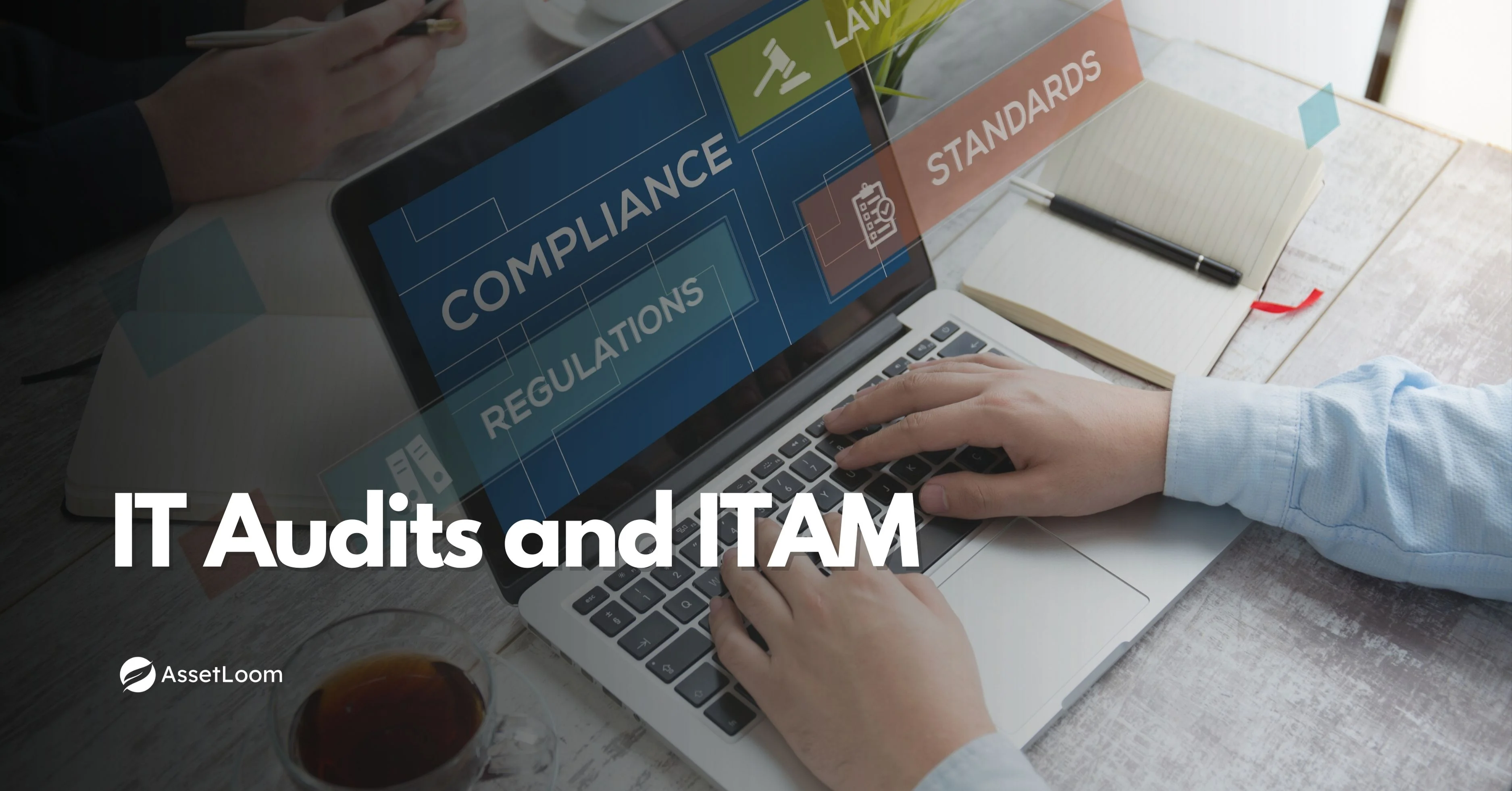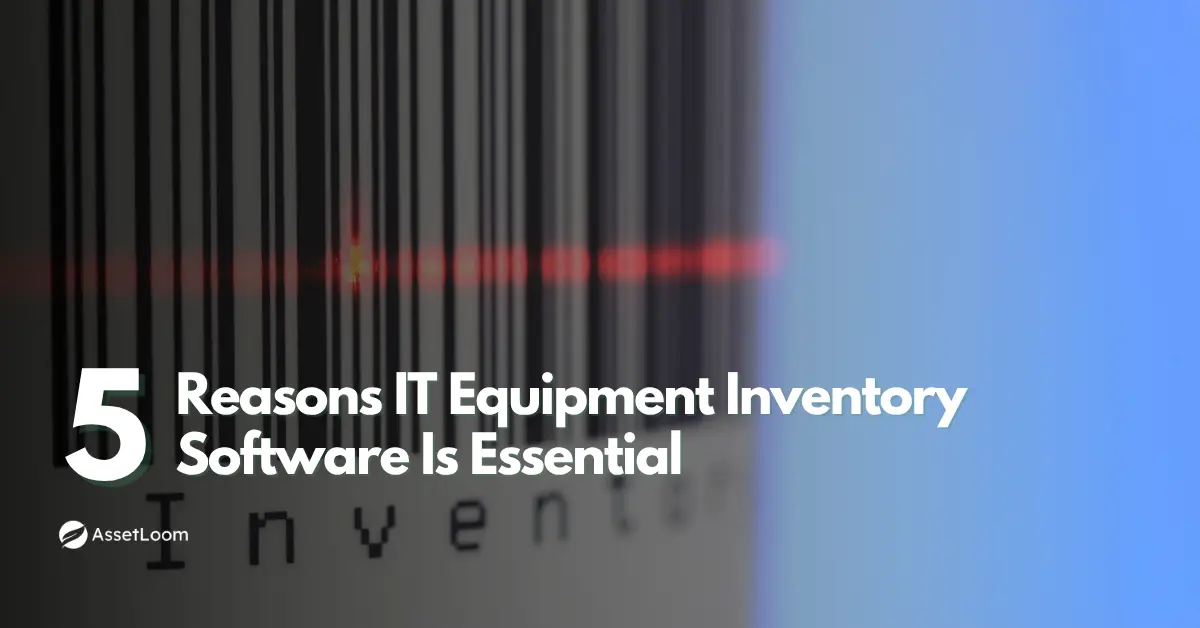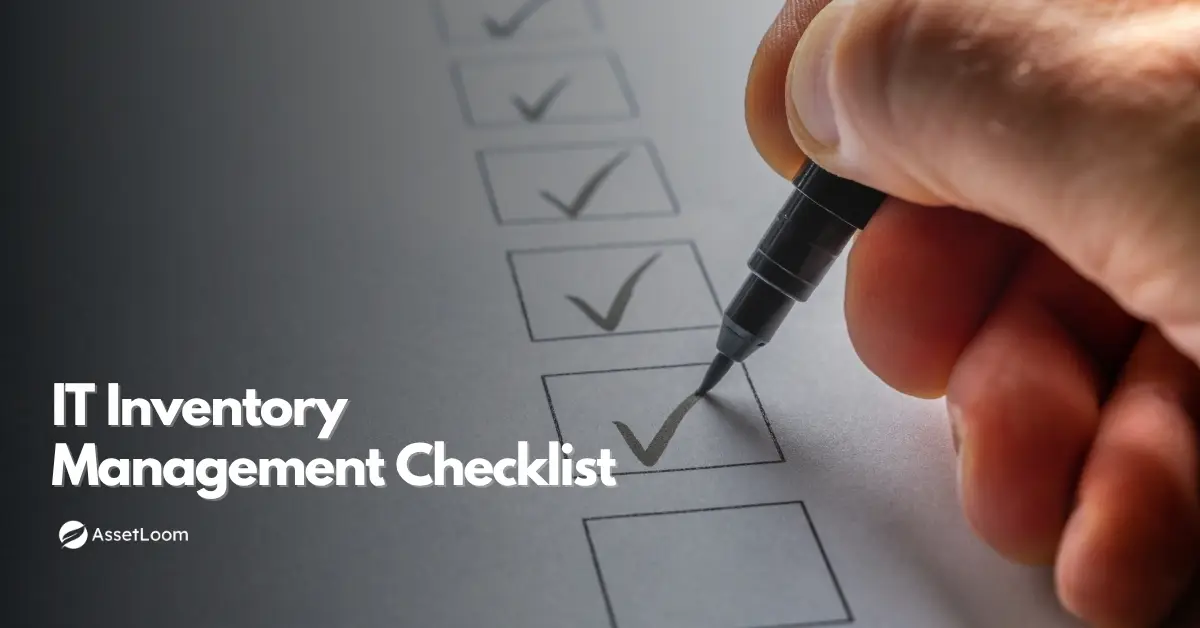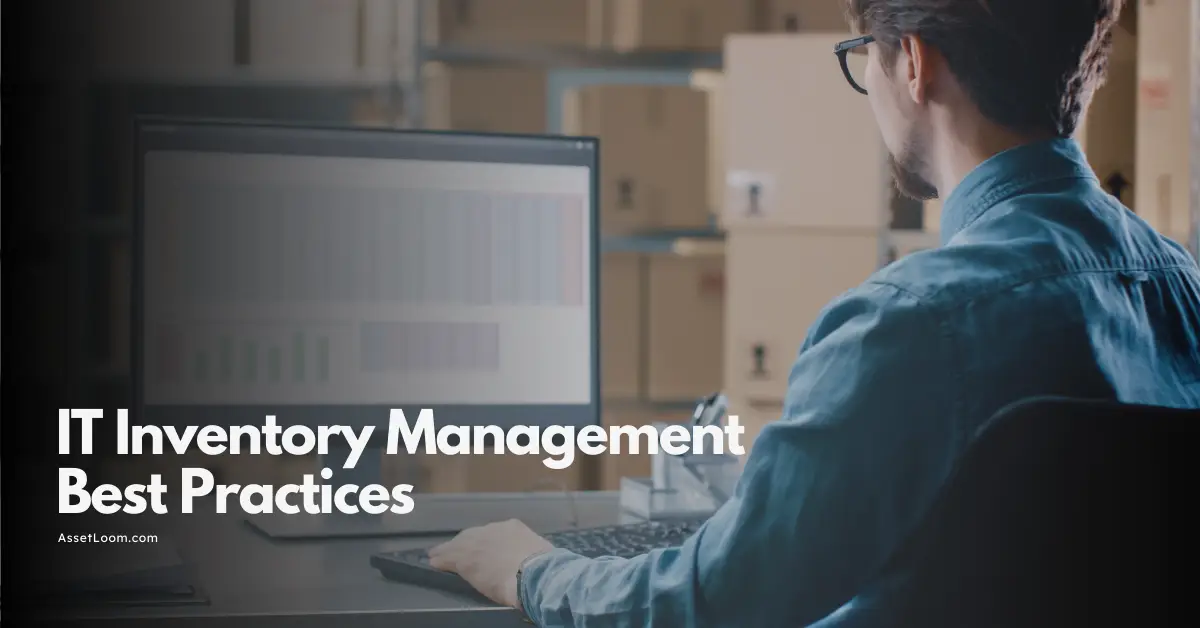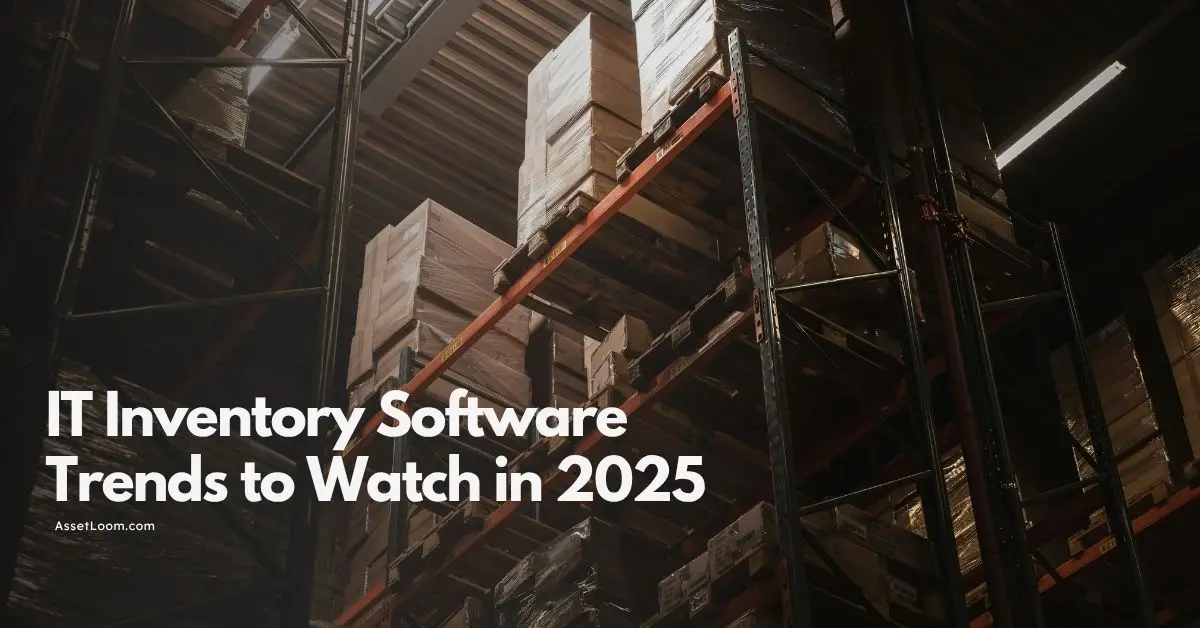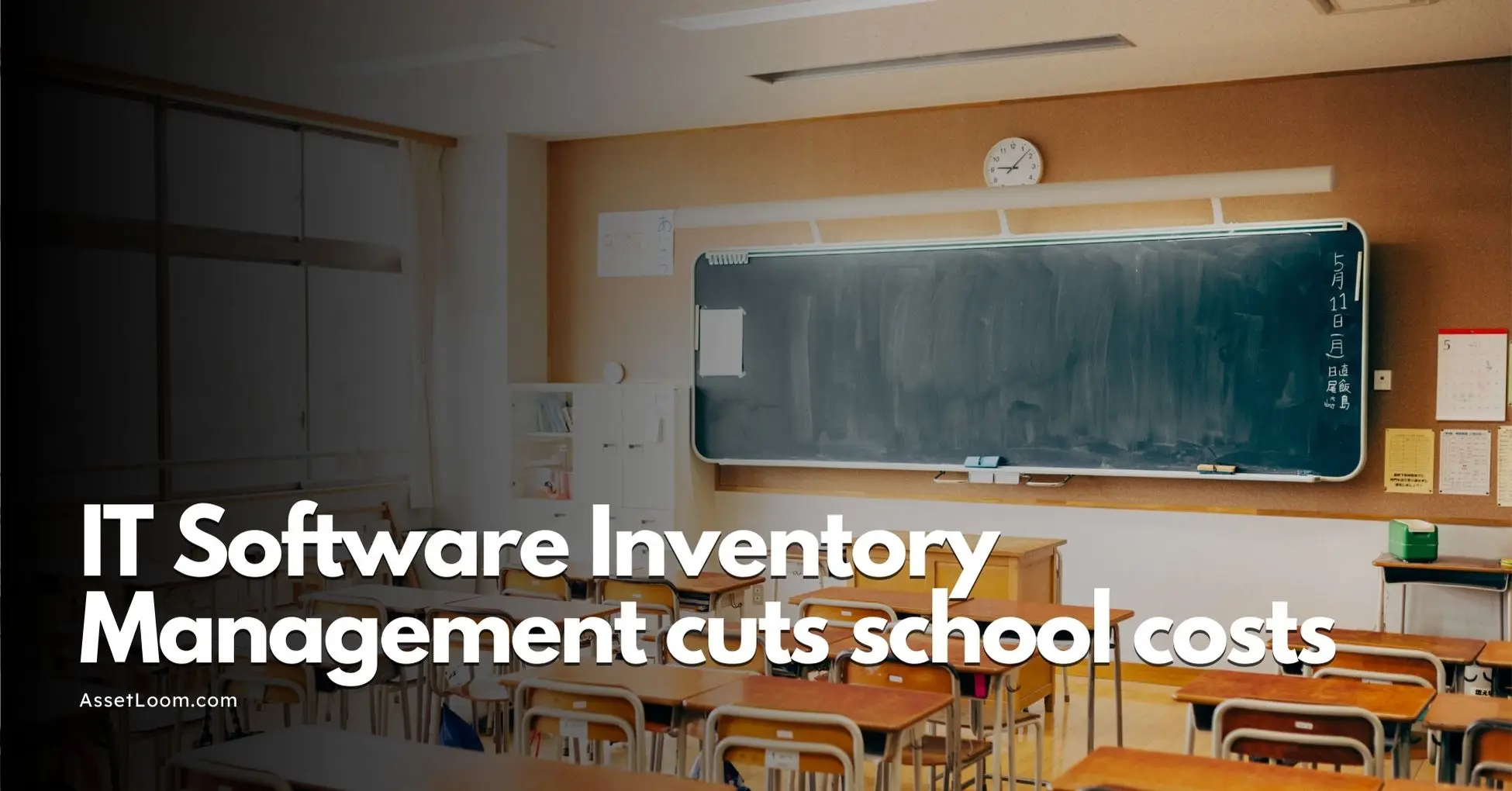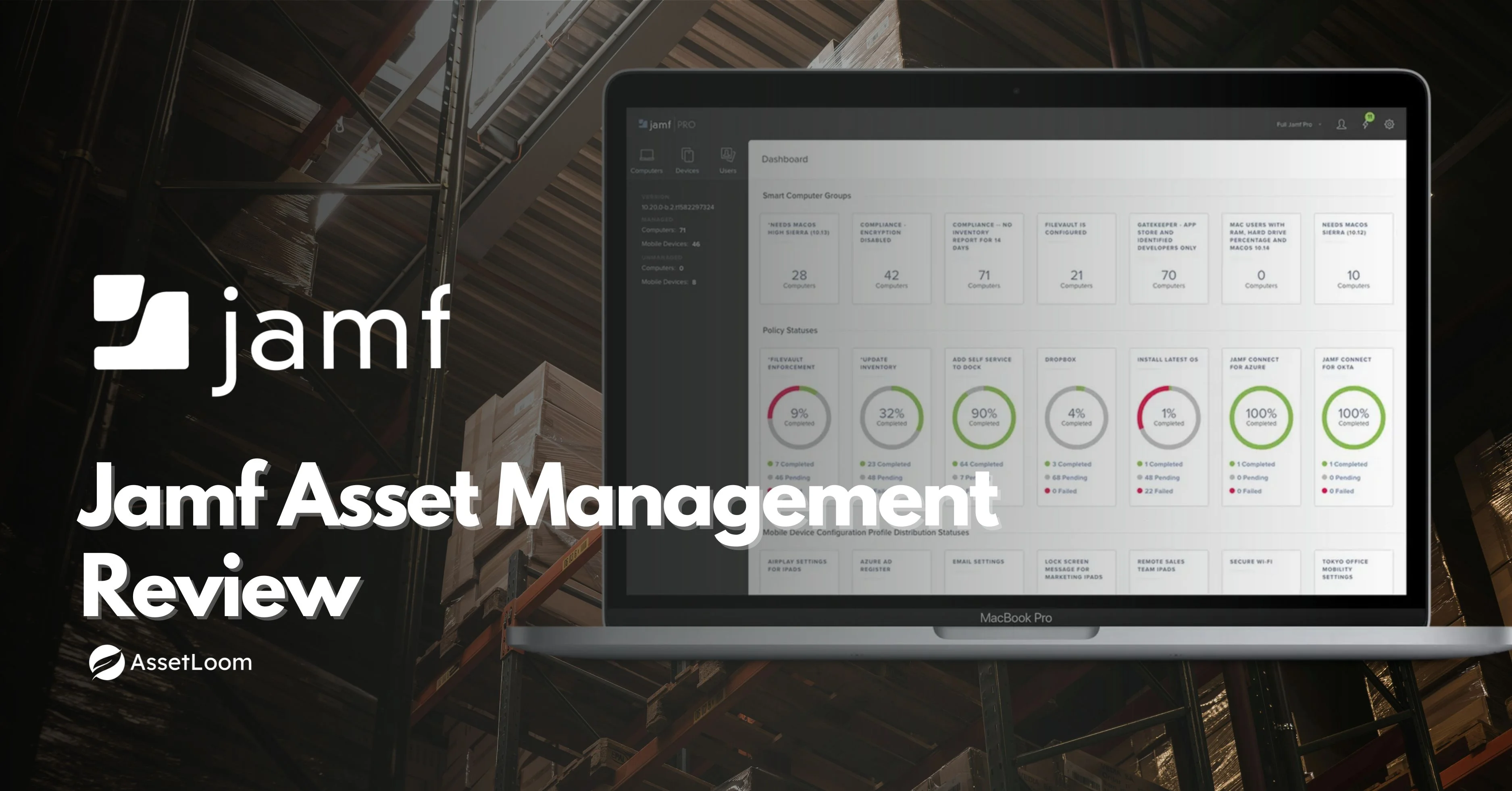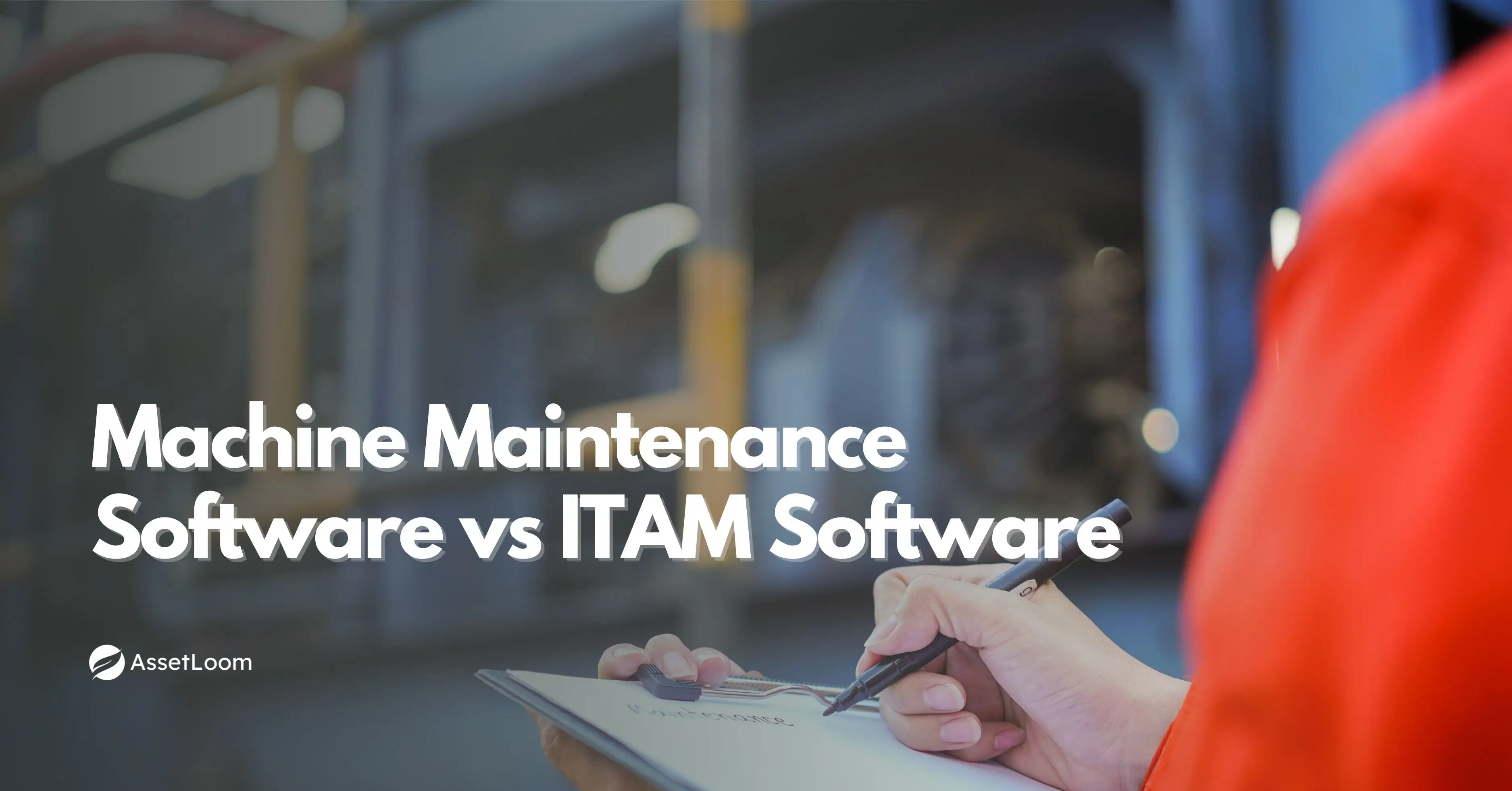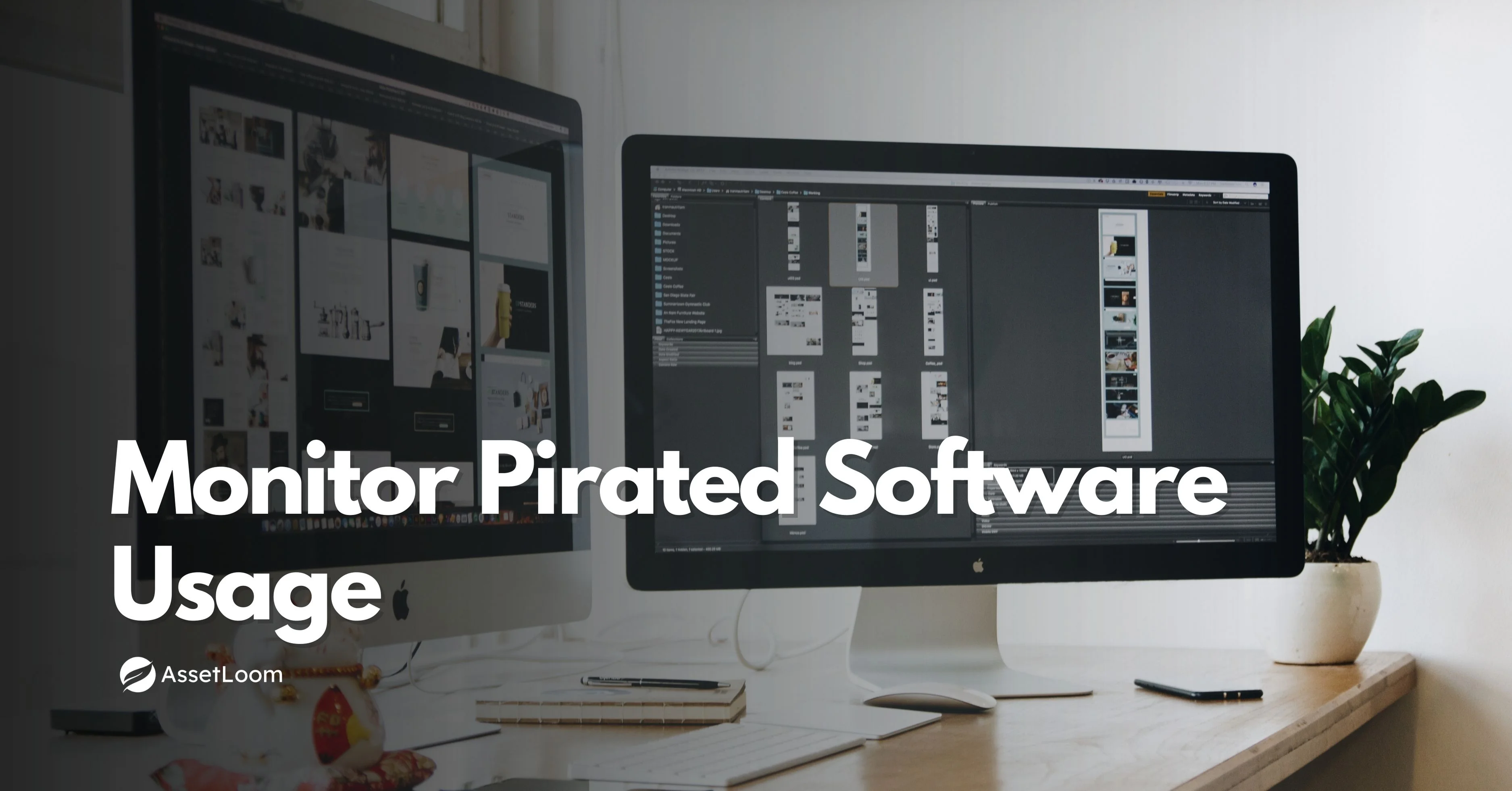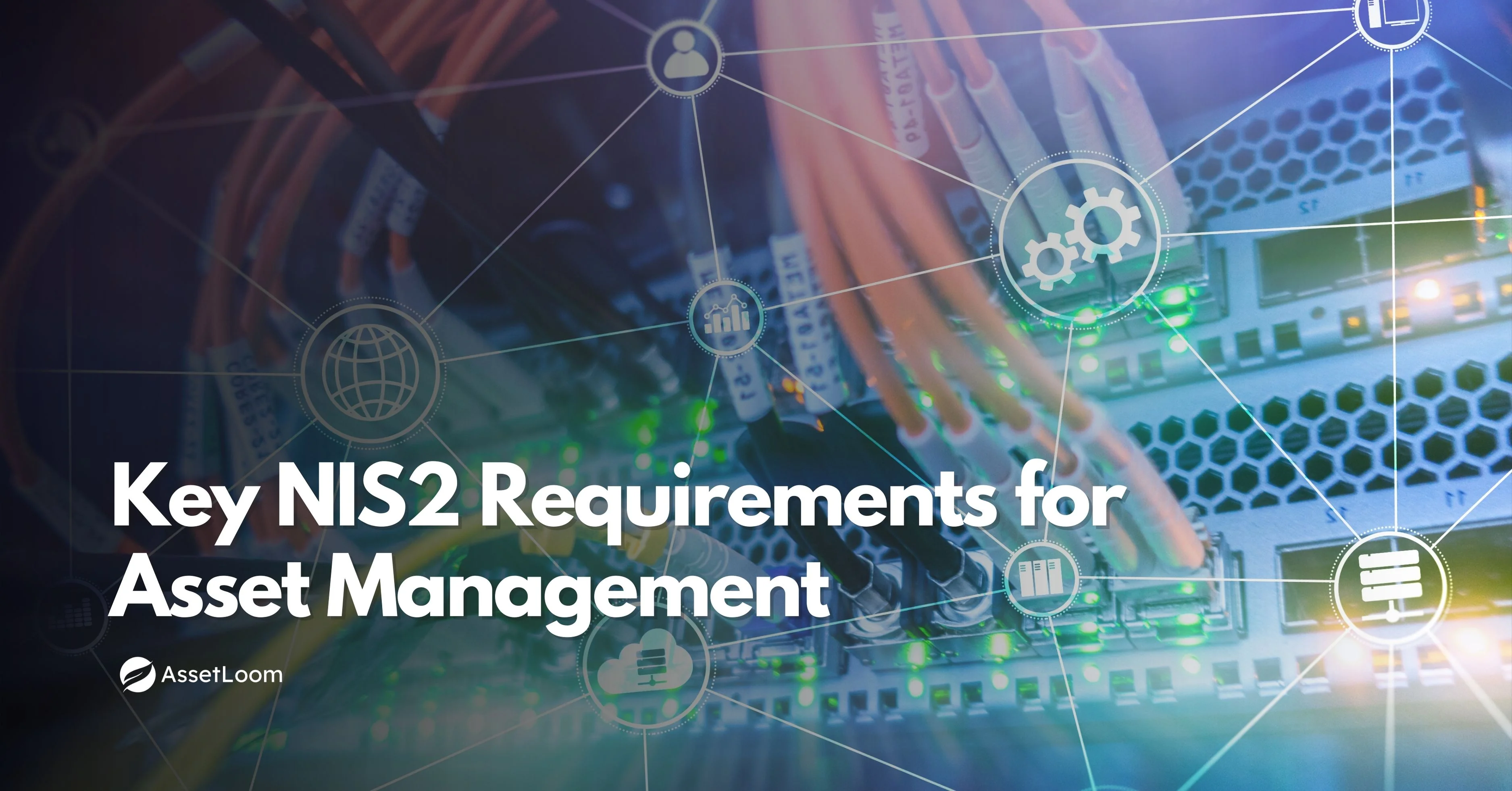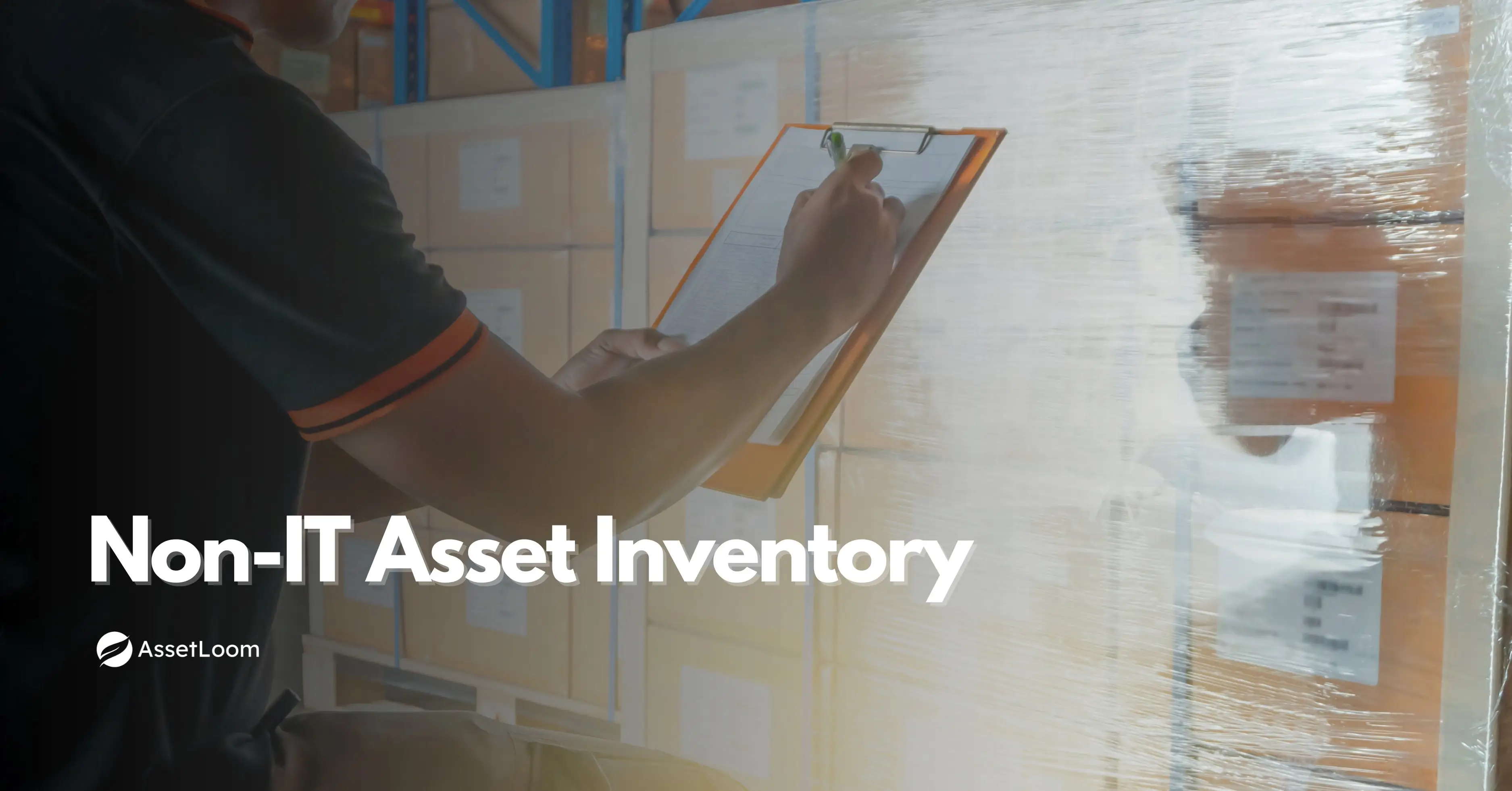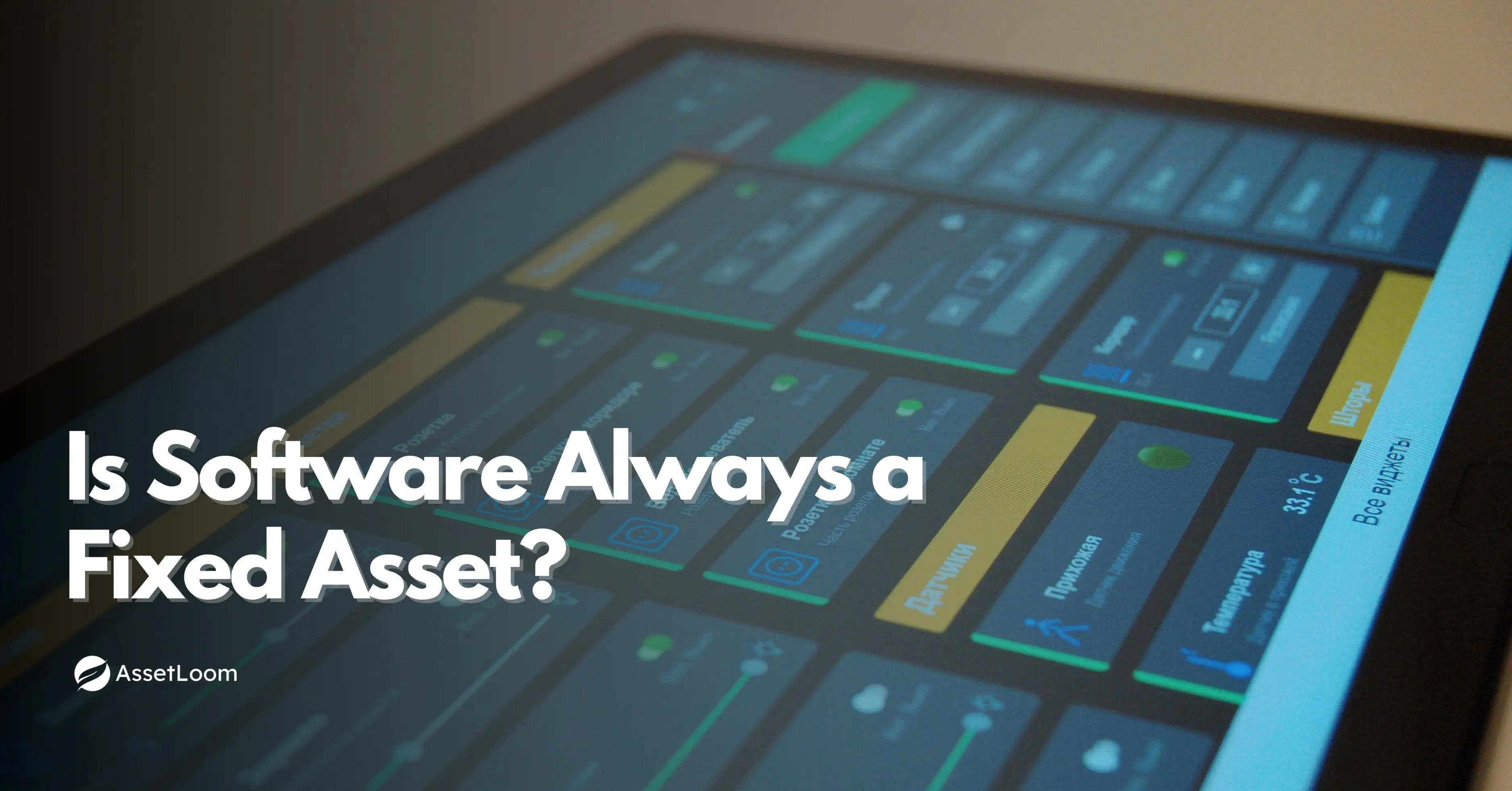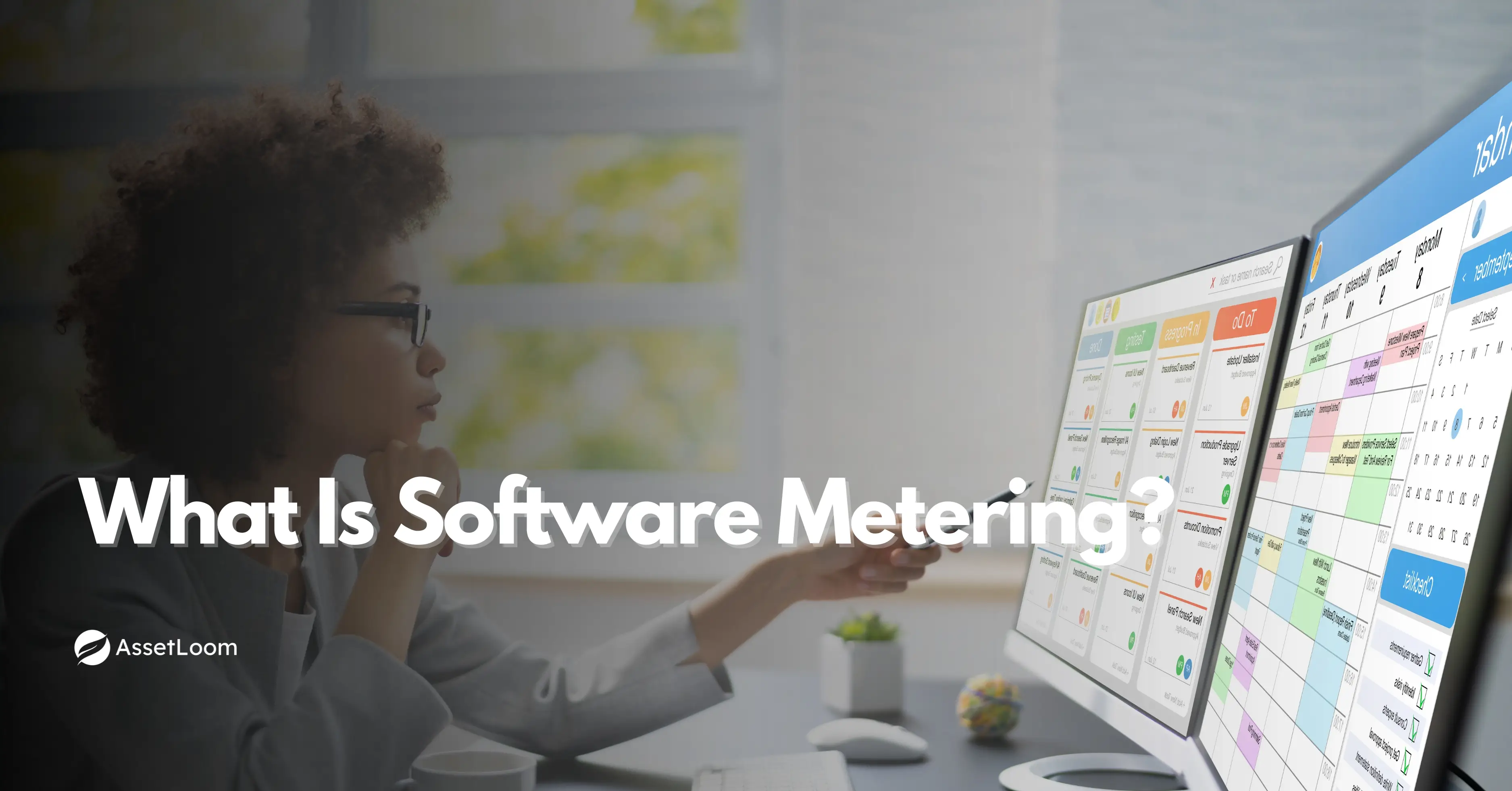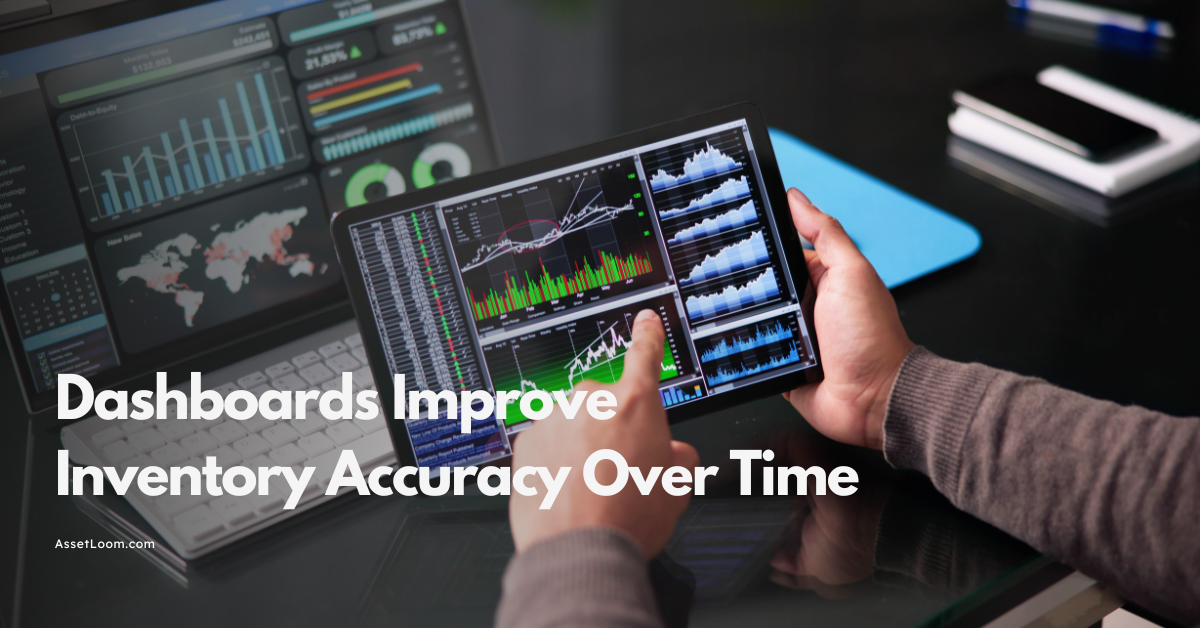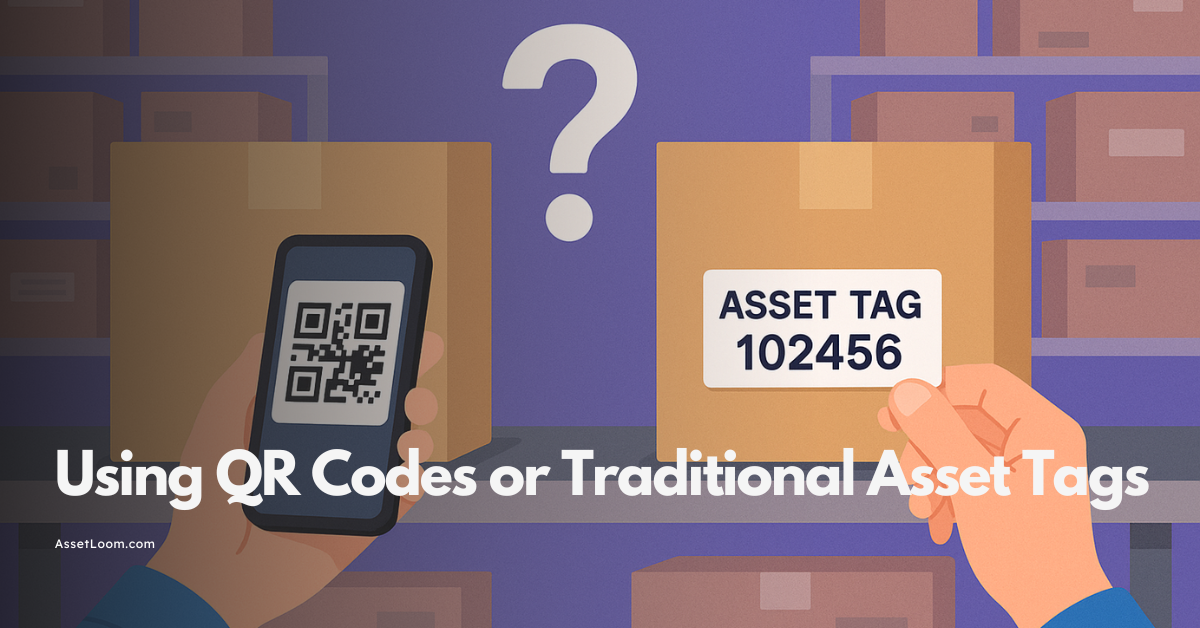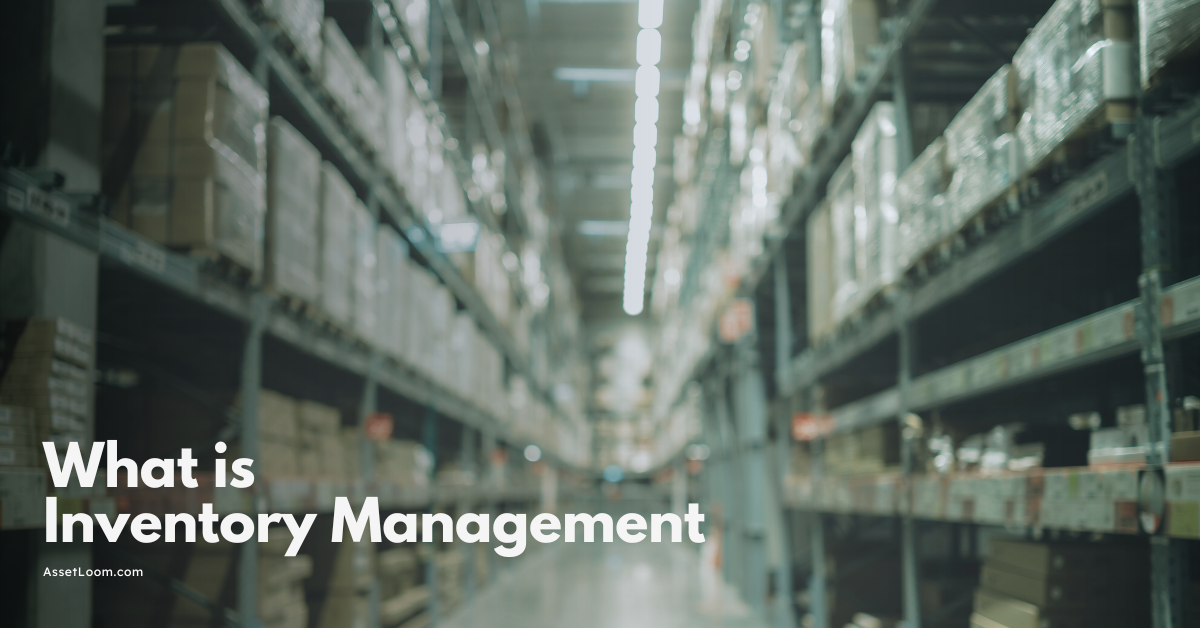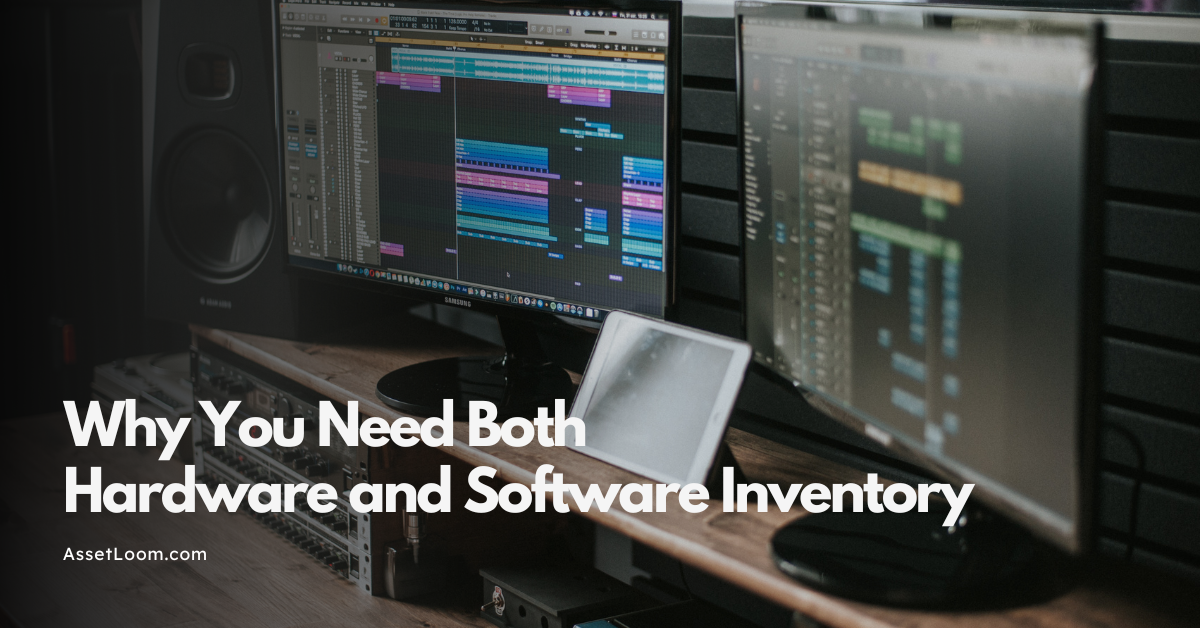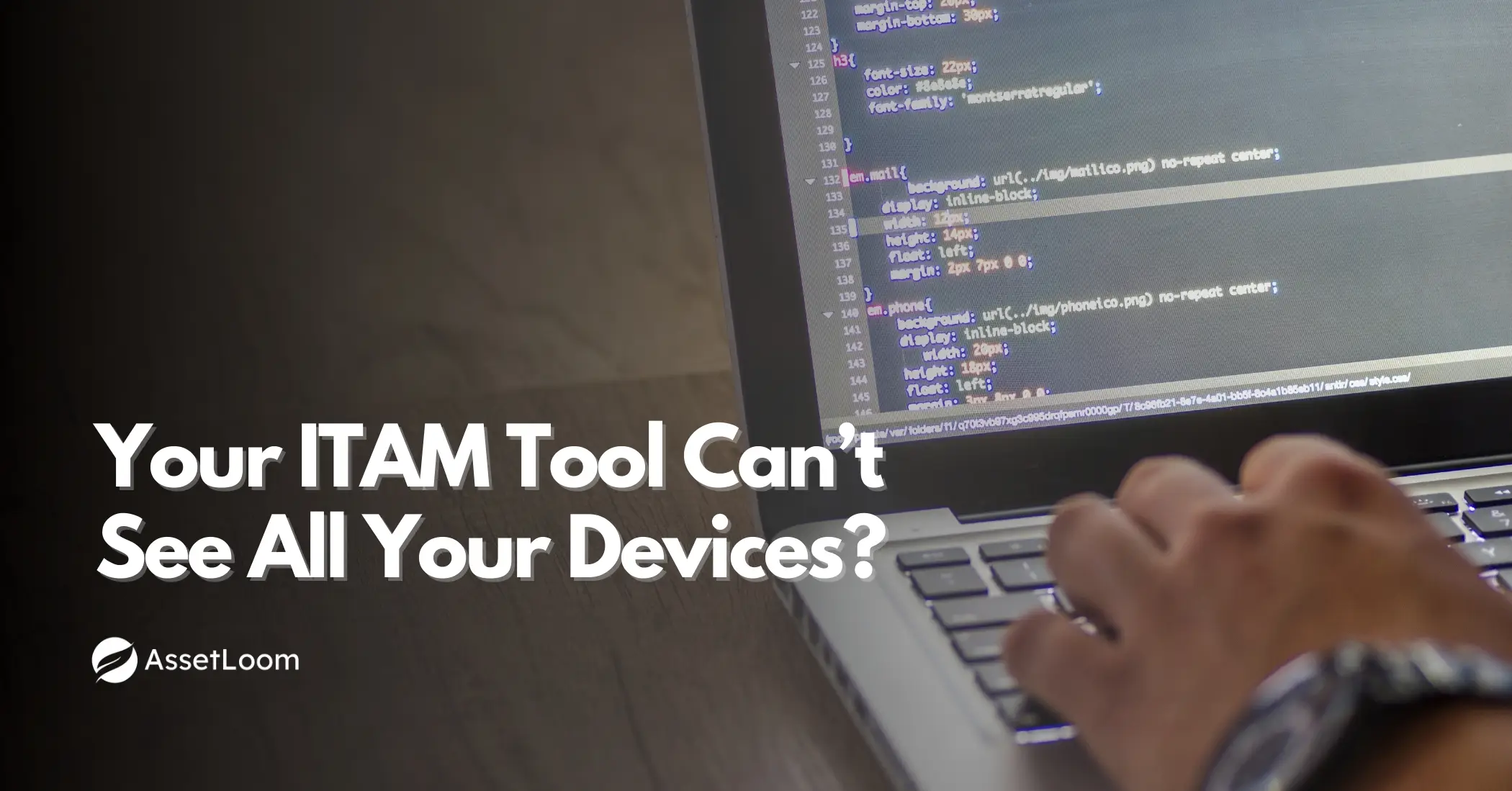Why Is Your Asset Inventory Always Outdated and How Can It Be Fixed?
Wondering why your asset inventory is always out of date? Learn the key reasons, how to spot the warning signs, and what steps you can take to fix it for good.
You update your asset inventory, clean up records, and think things are finally in order. But just weeks later, you're staring at missing entries, unknown devices, and outdated details. It feels like no matter how often you clean things up, your asset data never stays accurate for long.
This is a common frustration for IT teams, and it’s not because people aren’t trying. The real problem lies in how asset data is tracked, updated, and shared across systems. Most companies are still relying on outdated methods, disconnected tools, or fragmented processes that can’t keep up with the pace of modern IT environments.
When your asset inventory is out of sync with reality, the impact goes beyond just messy records. It creates blind spots in your security, opens you up to compliance risks, and leads to wasted money on unnecessary purchases or licenses. Good IT inventory tracking makes everything easier without it, it’s way too easy to lose track of what you actually have
In this article, we’ll explore why asset inventories so often fall out of date, what’s actually causing the problem, and how you can get back in control with smarter processes and better tools.
How to Know If Your Inventory Is Outdated
It’s easy to assume that if your asset inventory is updated every so often, it must be accurate but that’s not always the case. There are some common signs that your inventory isn’t keeping up with the pace of your business, and often, they’re not obvious until something goes wrong.
1. You Don’t Know Exactly How Many Assets You Have If you can’t give an exact number of assets, or if estimates vary drastically (like between 3,000 and 30,000), that’s a clear indication your inventory isn’t fully up to date. This usually happens when there are manual processes or too many different tools being used to track assets, which makes it hard to keep a clear, accurate picture.
2. You Can’t Monitor Assets in Real-Time Do you know what’s happening with your assets right now, or are you only seeing old data? When your system doesn’t support real-time tracking especially for mobile devices or equipment that isn’t always connected to the network you run the risk of missing security issues, compliance violations, or software updates that could leave you vulnerable.
3. You Can’t Answer Basic Questions About Your Assets If you can’t quickly answer basic questions like “What devices do we have?” or “Where is sensitive data stored?” your inventory is likely behind the times. An outdated system can’t provide the insights you need to manage risk, stay secure, or make informed decisions.
4. There Are Blind Spots in Your Inventory New technologies, rapid growth, or acquisitions can leave gaps in your inventory especially when departments or teams aren’t working with the same system. When assets are managed in silos, or when you’re dealing with things like BYOD or shadow IT, it’s easy for devices to slip through the cracks and remain untracked.
5. Different Teams Don’t Have Full Visibility If different departments are managing their own assets without centralized tracking, updates can get lost in the shuffle. Ideally, security, IT, and procurement should all have visibility into the full asset landscape. Without this, your inventory becomes incomplete and inconsistent.
6. You’re Using Old Tools If you’re relying on legacy systems, they probably weren’t built to track the modern devices and resources that are common today like cloud services, IoT devices, or third-party equipment. Older tools often struggle to account for these newer assets, leaving your inventory with big gaps.
7. You’re Still Doing Everything Manually Relying on manual tracking, especially for large inventories, is a recipe for disaster. It’s nearly impossible to keep up with the constant changes and updates without automation, so it’s no surprise that manual processes lead to outdated data and a lot of errors.
8. It Takes Too Long to Identify Threats An outdated inventory won’t help you identify which assets are at risk in the event of a security threat. For example, if your system can’t quickly point out which devices are vulnerable to a ransomware attack, it’s putting your security at risk and slowing down your response times.
9. Your Asset Records Are Often Wrong If you’re constantly finding that asset locations, statuses, or ownership details are inaccurate, that’s another sign that your inventory is out of date. Human errors or failure to track depreciation properly can cause this, especially if you’re not using an automated system to update and maintain records. Why Invest In Asset Tracking Systems?.
10. There Are Operational Inefficiencies If your team is running into issues with over-purchasing or underutilizing assets, or if untracked assets are causing financial losses, your inventory is clearly outdated. Operational inefficiencies often stem from inaccurate or incomplete asset records.
11. You Don’t Do Regular Audits or Inspections Without routine audits or physical inspections, discrepancies between your recorded assets and the actual inventory can slip under the radar. If your team hasn’t done a full audit recently, it’s time to check in on the state of your inventory.
12. You’re Struggling with Compliance Lastly, if your asset inventory isn’t meeting regulatory or compliance requirements, you’re running the risk of penalties or fines. Many regulations require accurate asset tracking, so if your system is outdated, it could put your organization at risk.
The table below summarizes these signs and their implications:
| Sign of an Outdated Inventory | Description |
|---|---|
| Lack of Awareness of Total Assets | Inaccurate or wildly varying asset counts, often due to manual processes or fragmented systems. |
| Inability to Monitor Assets in Real-Time | Missing real-time tracking, especially for mobile or intermittently connected devices, leaving vulnerabilities unaddressed. |
| Inability to Answer Basic Inventory Questions | Struggling to answer basic questions like “What devices do we have?” or “Where is sensitive data stored?” |
| Presence of Blind Spots | Gaps in inventory due to rapid growth, BYOD policies, or untracked new technologies, often caused by decentralized tracking. |
| Assets Not Fully Controlled by Relevant Teams | Lack of centralized asset management across departments, leading to incomplete or outdated records. |
| Use of Legacy Tools | Outdated systems that fail to track modern assets like IoT devices, cloud resources, or third-party equipment. |
| Manual Tracking for Large Inventories | Relying on manual processes for a large number of assets, leading to errors and outdated data. |
| Inefficiency in Threat Response | Difficulty identifying vulnerable assets quickly in the face of security threats, slowing response times. |
| Inaccurate Asset Records | Errors in asset locations, statuses, or ownership due to lack of automation or poor tracking practices. |
| Operational Inefficiencies | Problems like over-purchasing or untracked assets causing financial and operational inefficiencies. |
| Lack of Regular Audits or Inspections | Discrepancies go unnoticed when regular audits or physical inspections aren’t performed. |
| Compliance Issues | Inventory doesn’t meet regulatory or compliance requirements, risking penalties or fines. |
Reasons for Outdated Asset Inventories
Several factors contribute to asset inventories becoming outdated, especially in fast-paced and complex environments. Here are some of the key reasons why your inventory might not be keeping up:
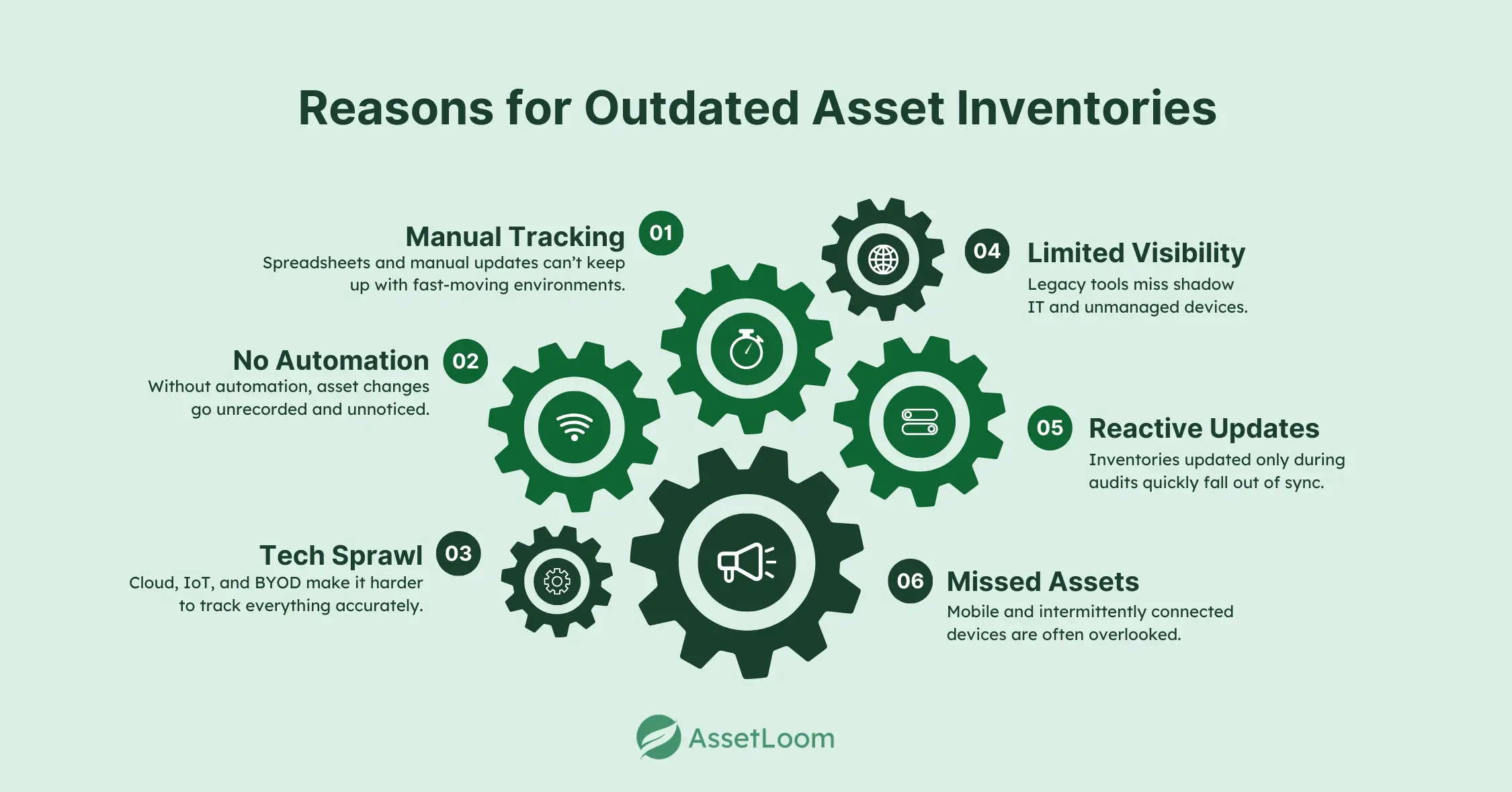
1. Manual Processes and Human Error Manual tracking is time-consuming and prone to mistakes, especially when you’re dealing with thousands of assets. For medium to large organizations, relying on spreadsheets or outdated systems simply isn’t feasible. Staff often have too much on their plate to update inventory accurately, leading to delayed updates and incomplete records.
2. Lack of Automation Without automation, your asset management system can’t keep up with the constant changes in your environment. Assets are added, removed, or modified frequently, and manual methods can’t handle this dynamic flow. When there’s no automation in place, gaps start to form in your security posture, leaving you vulnerable to risks.
3. Technology Sprawl and Growing Complexity As businesses adopt new technologies like cloud services, IoT devices, and BYOD policies keeping track of everything becomes a bigger challenge. When your asset inventory has to cover traditional assets alongside non-traditional ones (such as digital assets or devices that aren’t always connected), it’s easy to fall behind.
4. Incomplete Visibility into Assets Many traditional asset management tools focus on the assets that are actively managed by IT. But they often miss assets that don’t fall under direct control, like shadow IT or IoT devices. If you’re not tracking everything, gaps start to appear, and you lose visibility over critical assets.
5. Reactive Management Too often, organizations only update their inventories when something goes wrong whether it's during an audit, after a security breach, or when an asset goes missing. This reactive approach means that the inventory is already outdated by the time issues arise, which increases risks and disrupts business operations.
6. Difficulty Tracking Intermittent or Shadow Assets Assets like mobile devices, laptops, or equipment that aren’t always connected to the network are hard to track. Add shadow IT (unauthorized tech being used within the organization) to the mix, and your inventory becomes even more difficult to manage. These assets can go undetected if your system isn’t designed to track them properly.
How to Fix Your Outdated Inventory
1. Embrace Automation
Automating your asset management processes is the most effective way to keep your inventory accurate and up-to-date. Manual tracking is prone to errors, and in today’s fast-paced world, it simply can’t keep up.
Example: If your business uses a fleet of mobile devices or laptops, manually tracking these assets as employees come and go isn’t efficient. With an automated system, you can set up alerts whenever a device is checked in or out, instantly updating your inventory.
Step-by-step:
- Choose an asset management tool that integrates with your existing systems (like ERP or ITSM platforms).
- Enable real-time tracking features for assets like laptops, mobile devices, and IoT devices.
- Set up automated reminders for regular inventory checks or updates whenever an asset status changes (e.g., "asset lost," "asset repaired").
2. Centralize Asset Management
A centralized asset management system eliminates confusion and ensures everyone has access to the same data, minimizing errors and outdated records. When teams across your organization operate in silos, assets can be left unmanaged or forgotten about. Solid IT inventory management helps keep everything organized, so you’re not scrambling to figure out what’s missing or outdated.
Example: Instead of each department (IT, finance, security) tracking its own assets in different systems, centralize this data into one platform that all teams can access. This avoids scenarios where finance thinks an asset is in use, while IT records it as decommissioned.
Step-by-step:
- Implement a centralized it asset management toolwhere all asset data (ownership, location, status) is stored in one place.
- Make sure that every team has access to the same real-time data, with role-based permissions to limit access where necessary.
- Use a dashboard to give team members a quick overview of asset statuses, helping them catch discrepancies immediately.
3. Implement Regular Audits
Regular audits and physical inspections are vital in ensuring that your inventory reflects what’s actually in use. Without audits, discrepancies may go unnoticed, and outdated records will persist.
Example: Conduct quarterly audits to ensure that assets like servers, mobile phones, or computers are still in use and properly accounted for. Compare the physical assets to the records in your asset management system to catch any discrepancies.
Step-by-step:
- Schedule quarterly or semi-annual audits of your asset inventory.
- Assign an audit team to compare physical assets to your digital inventory.
- Use barcode scanning or RFID tagging to make the audit process faster and more accurate.
- After audits, update the asset management system to reflect any changes found during inspections.
4. Integrate New Technologies
As businesses grow and adopt new technologies, it’s crucial that your asset management system can keep up. Traditional systems that only track physical assets like computers or printers are no longer enough your tool needs to handle everything from IoT devices to cloud resources.
Example: If you’re using a new cloud platform to host your software, it’s essential that your inventory system can track virtual assets and resources. Similarly, with the rise of IoT devices in offices or factories, tracking smart equipment (like connected sensors or smart thermostats) is now a necessity.
Step-by-step:
- Upgrade your asset management system to support cloud-based, virtual, and IoT assets.
- Integrate cloud service platforms (e.g., AWS, Azure) into your inventory system to track subscriptions, usage, and changes.
- Use specialized software to track and manage non-traditional assets, like mobile devices or IoT sensors, that may not always be connected to the network.
5. Monitor Assets in Real-Time
Real-time asset monitoring allows you to track assets continuously, ensuring that any changes whether a device is moved, lost, or stolen are immediately reflected in your system.
Example: Suppose your company has a fleet of laptops that employees take home. A real-time system would instantly update the asset’s status when an employee checks in or out the laptop, allowing you to maintain an accurate and current record of each device.
Step-by-step:
- Use GPS-enabled tracking for mobile assets (e.g., laptops, phones) to monitor their location in real-time.
- Enable status updates for all assets, including when they are checked out or in, repaired, or retired.
- Use a cloud-based system that updates in real-time, ensuring that your team has accurate data, no matter where assets are physically located.
6. Reduce Technology Sprawl
As companies adopt new technologies, it can become overwhelming to track everything. Technology sprawl happens when your organization uses too many different systems to manage assets, leading to confusion and gaps in the inventory.
Example: If different departments use separate systems for managing assets (finance using spreadsheets, IT using a specialized tool, etc.), it becomes difficult to get a comprehensive view of all assets.
Step-by-step:
- Consolidate your asset management efforts into one unified system that can integrate with other tools (e.g., ERP or helpdesk software).
- Limit the number of tools your company uses for asset tracking, ensuring that all information is housed in a central, accessible location.
- Evaluate current systems and eliminate any that overlap with the chosen solution, streamlining asset management processes.
7. Address Shadow IT
Shadow IT is when employees or departments use unauthorized devices or applications without IT’s knowledge, leading to untracked assets and security vulnerabilities.
Example: If employees bring their own smartphones or tablets to work (BYOD), and these devices are not tracked, they could become a major blind spot in your asset inventory. These devices may have access to sensitive company data but won’t show up on your inventory records.
Step-by-step:
- Use tools that can detect and track shadow IT, such as software that scans for unauthorized devices or apps on your network.
- Implement a BYOD policy that clearly defines which personal devices can be used within the organization and requires that all devices are registered.
- Regularly review your asset inventory to make sure that any new devices or applications have been properly documented.
8. Train Your Teams
Having the right system in place is important, but your team also needs to be trained to use it effectively. Ensuring that all employees are on the same page when it comes to asset management is key to maintaining an accurate and updated inventory.
Example: Provide training to employees on how to report issues with assets, such as broken equipment, stolen devices, or software updates. Make sure they understand how to properly check in and check out equipment, and the importance of keeping records up-to-date.
Step-by-step:
- Conduct training sessions to teach employees how to use the asset management system, ensuring they understand how to report changes.
- Create clear guidelines on asset usage and reporting protocols, so all teams know how to handle assets properly.
- Encourage a culture of accountability, where employees understand that keeping the asset inventory updated is part of their responsibility.
Conclusion
If your asset inventory always feels like it’s lagging behind, you’re not alone and you’re not stuck. Outdated inventories happen for a reason: systems don’t scale, processes get messy, and new tech keeps pushing the goalposts. But with the right approach, you can stop reacting and start leading.
When you shift from manual updates and fragmented systems to automated, connected, and proactive asset management, everything changes. Visibility improves. Compliance becomes easier. Security gets stronger. And your teams waste less time hunting for answers and more time moving things forward.
It’s not about having the perfect system today it’s about building one that gets better over time.

Related Blogs
IT Inventory Management
What is Asset Inventory Management? A Complete Overview
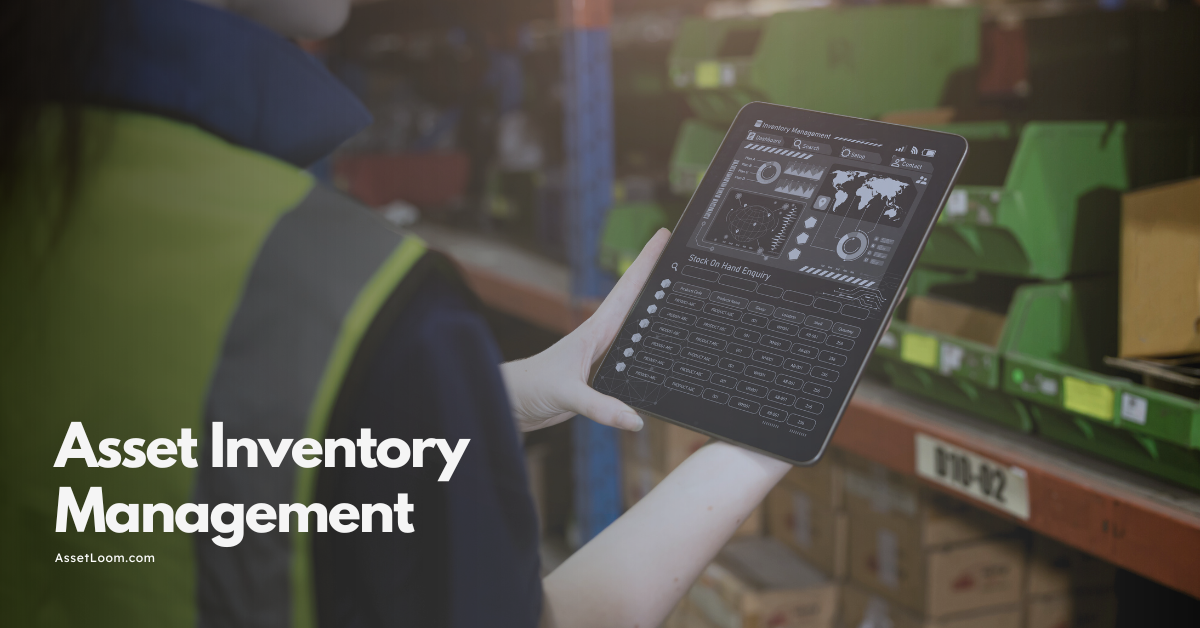
Hardware Management
How Construction Equipment Management Software Cuts Costs?

ITAM in General
Case Studies That Prove the Importance of IT Asset Management
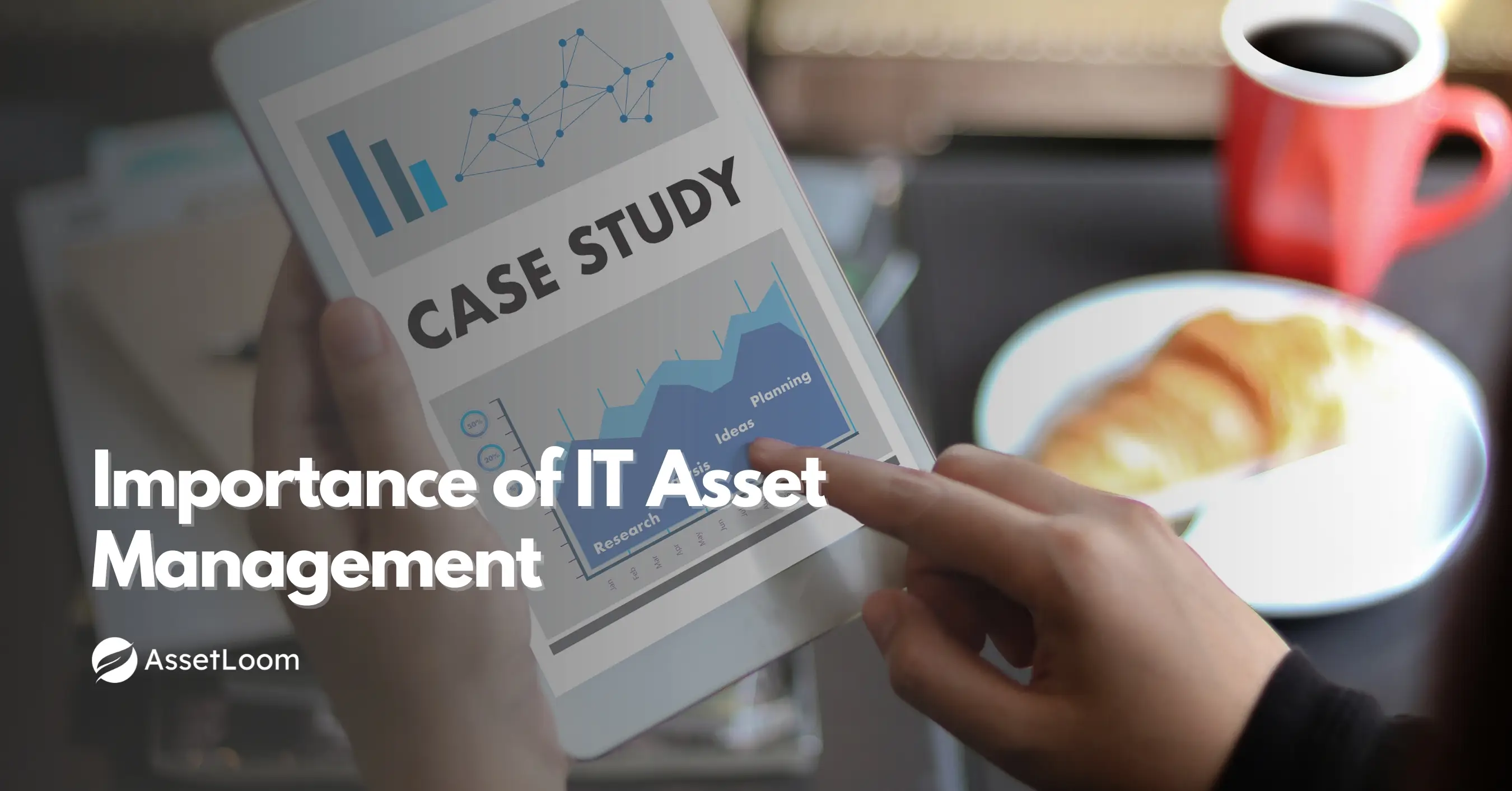
Subscribe for Expert Tips and Updates
Receive the latest news from AssetLoom. right in your inbox
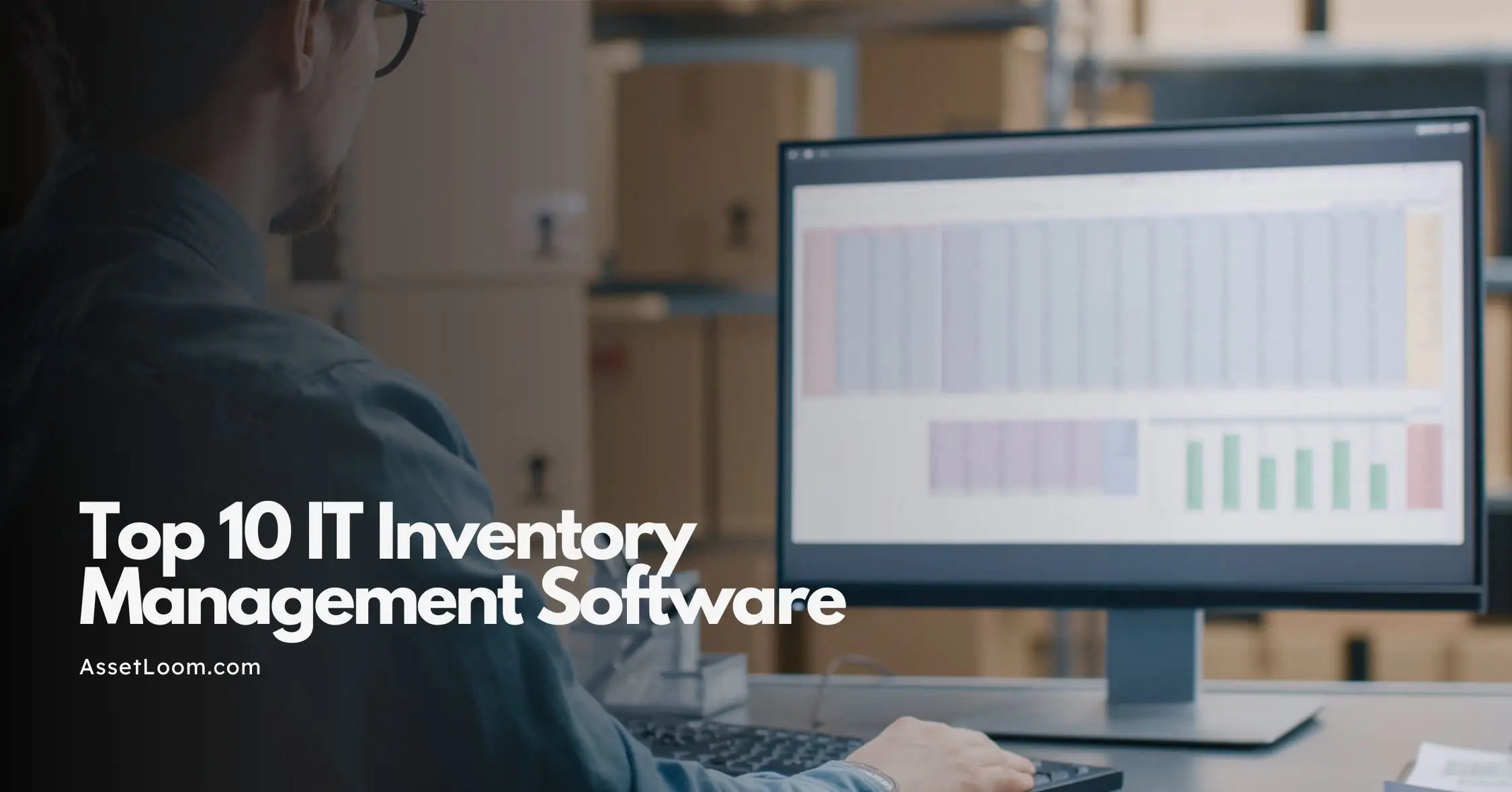
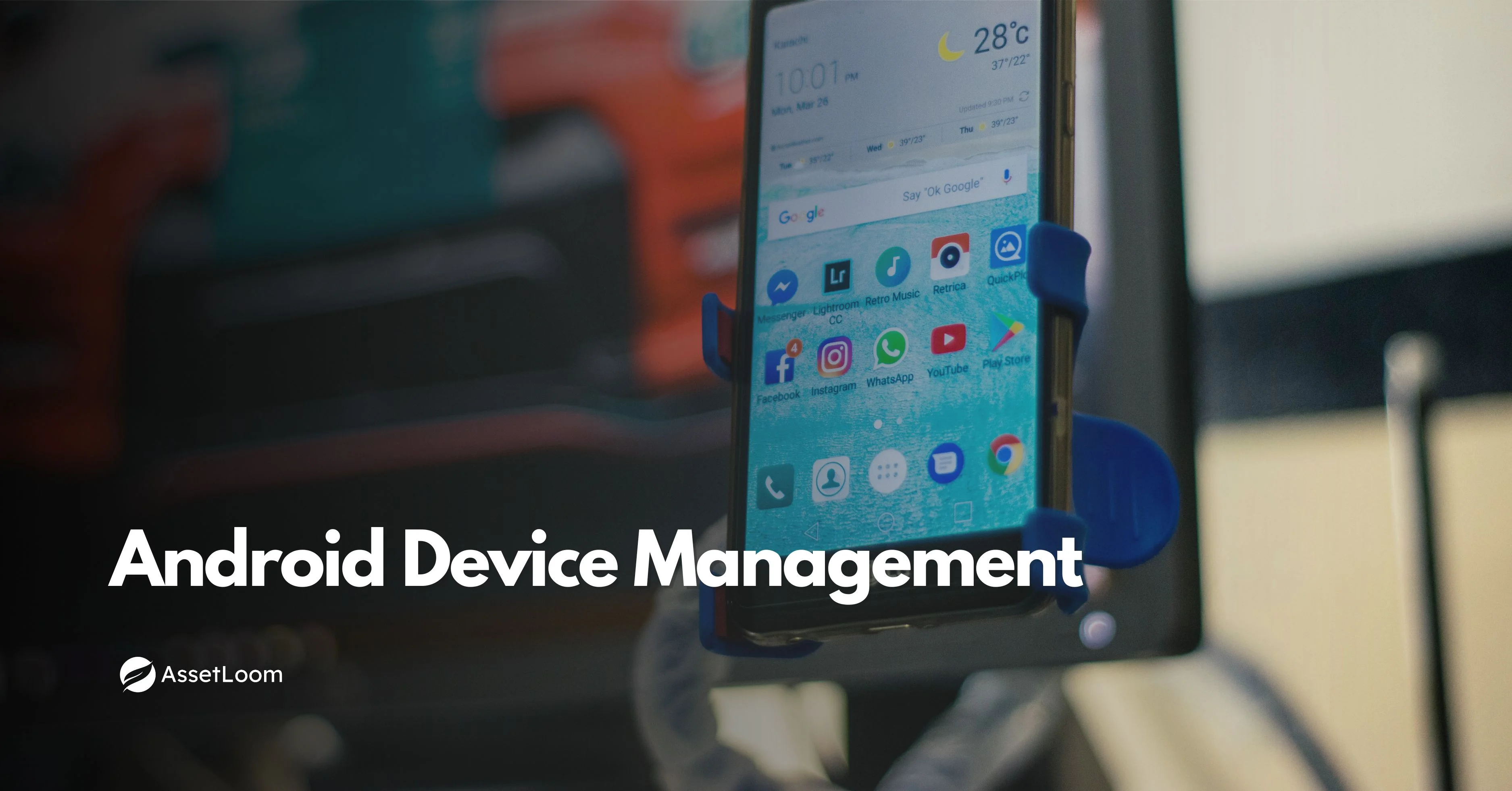
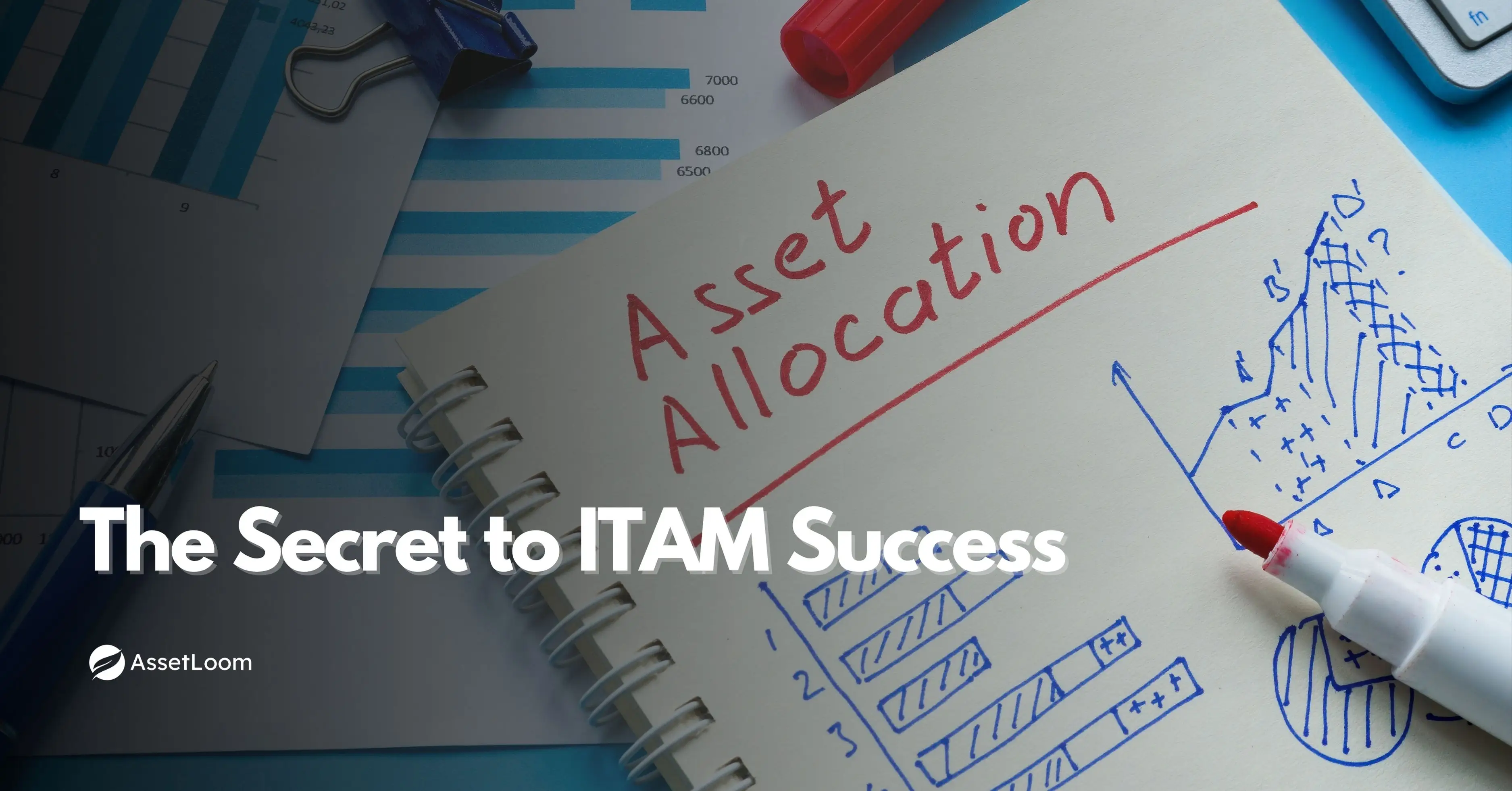


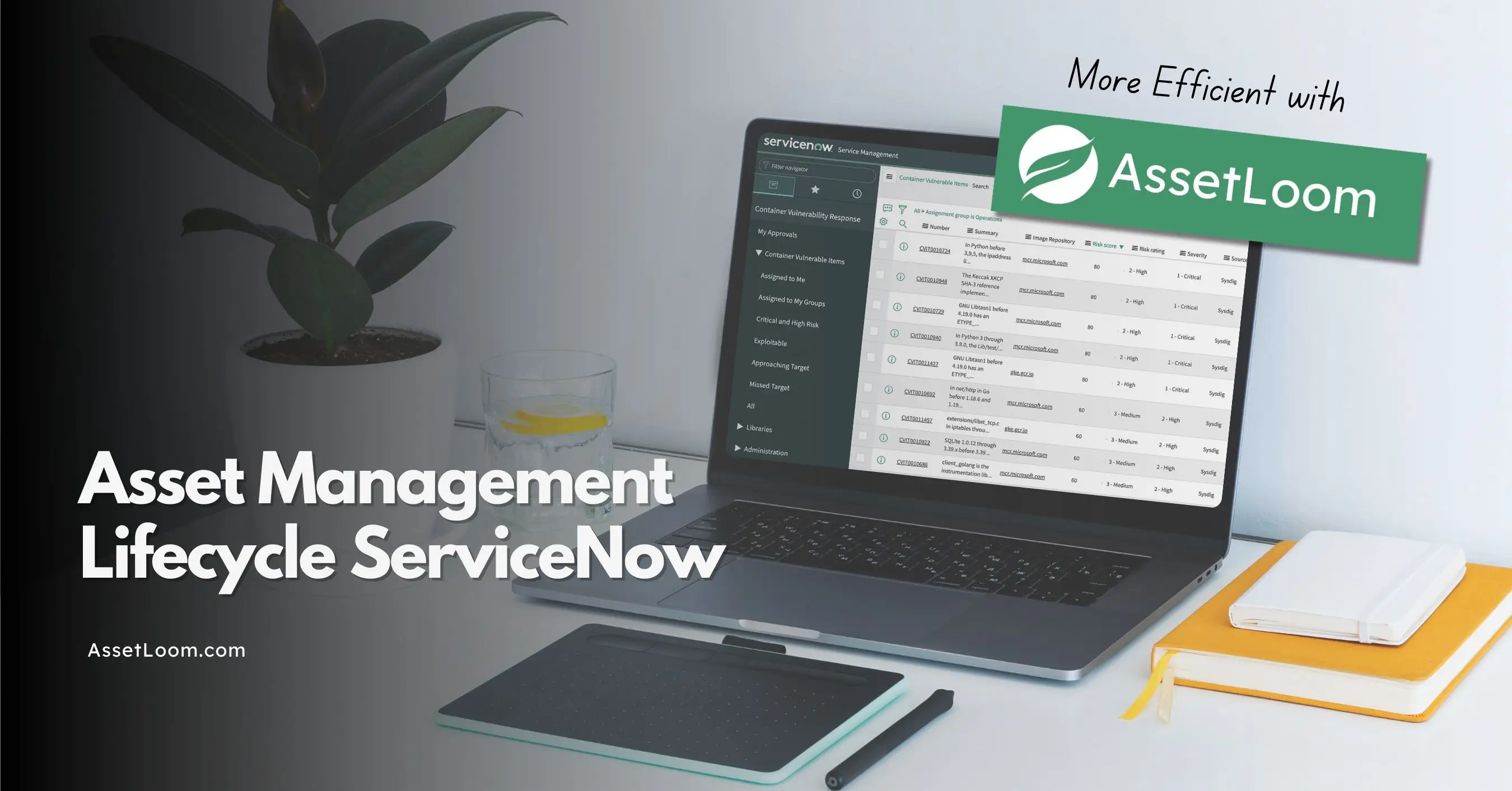



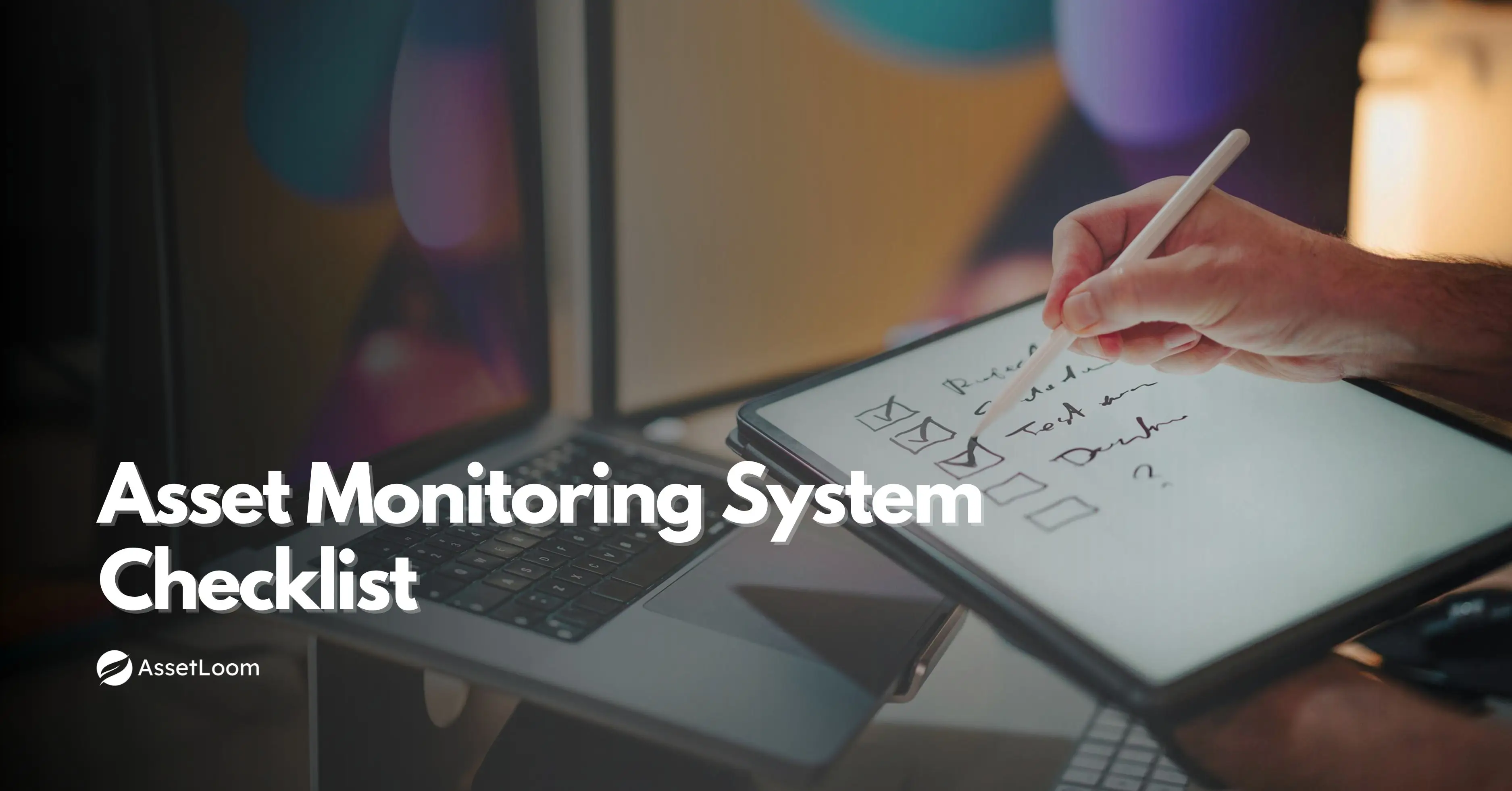


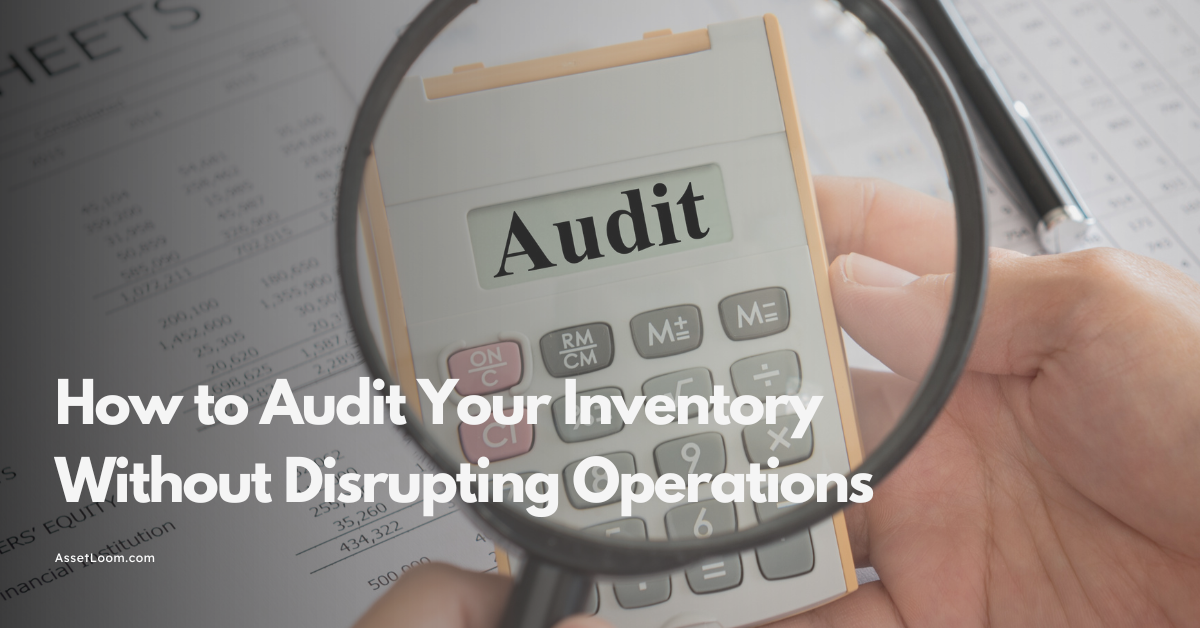
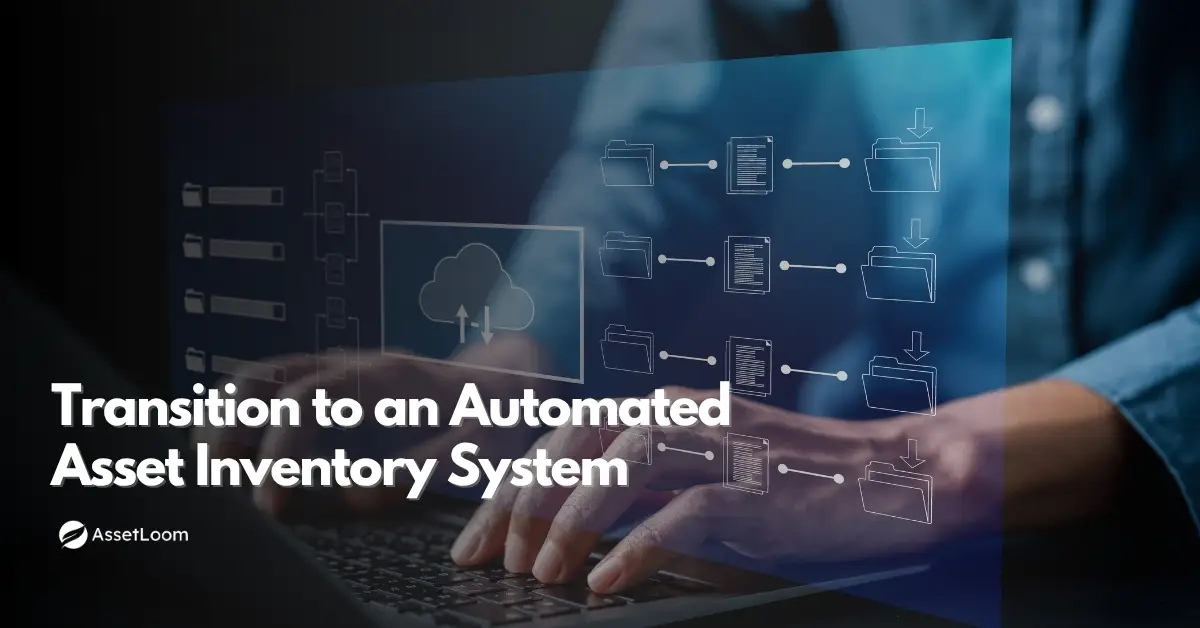

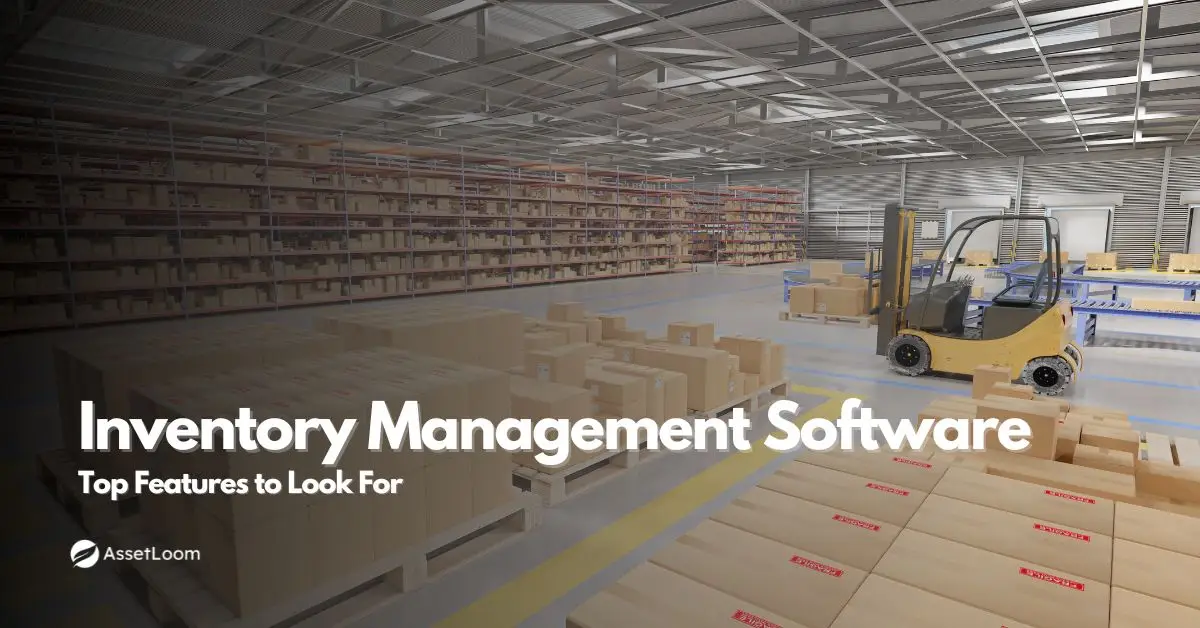

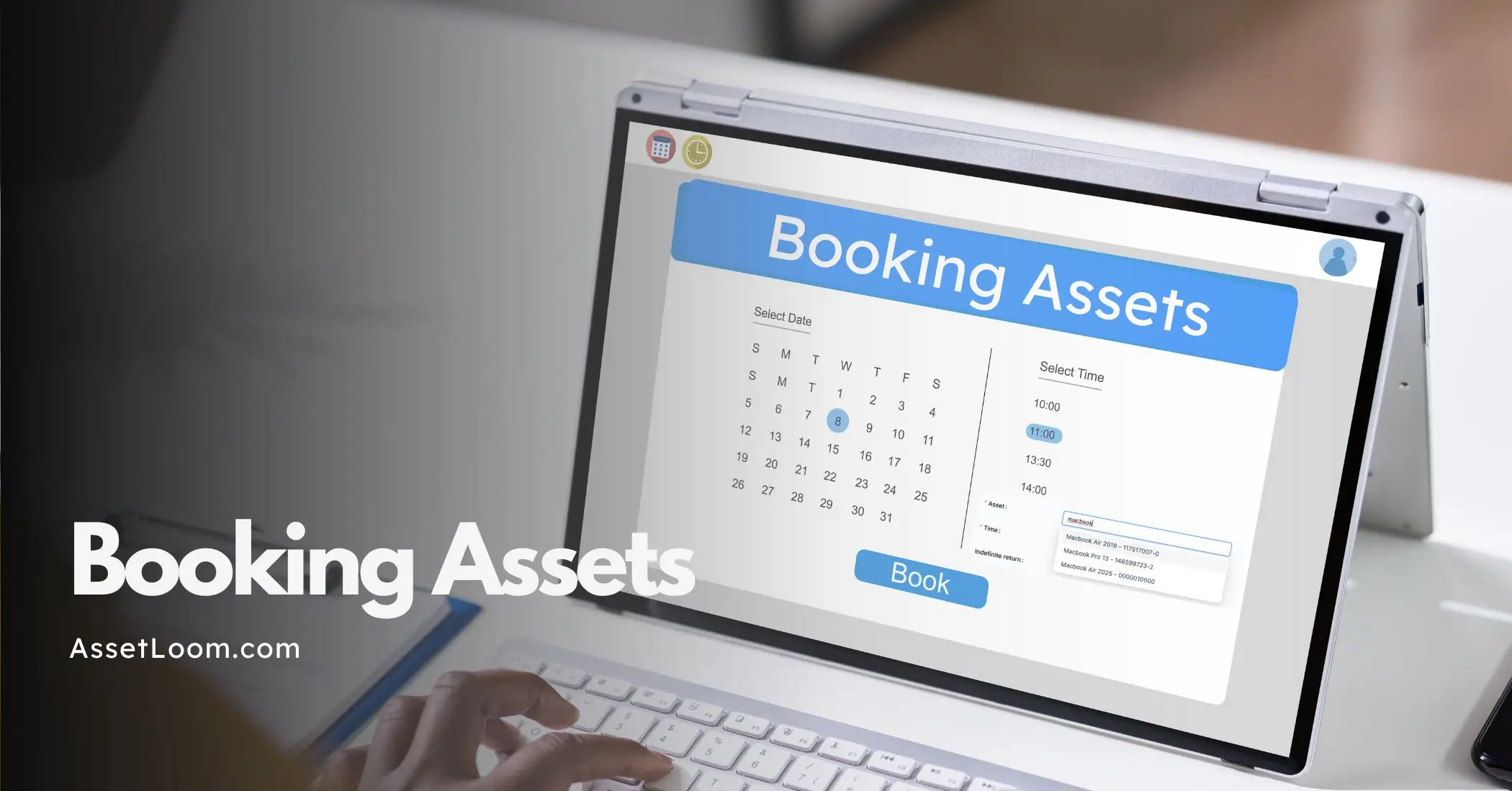
![Bring Your Own Device (BYOD) Policy Best Practices [FREE TEMPLATE]](https://assetloom.com/marketing/blog/bring-your-own-device-policy-best-practices.webp)




